Akiyoshi Mishima is not your average one-dimensional character. Due to his long list of achievements as a visual artist, graphic designer, VJ, filmmaker and fashion designer, you could mistake him for being older than his years. Between 2001-2009 Akiyoshi was a member of the art group Enlightenment. During this time Akiyoshi’s work was exhibited in a range of significant art fairs in China and Tokyo, in addition to being curated into group exhibitions that include New York gallery, Deitch Projects’ show, “After the Reality” in 2006, and “Magical Art Life” at Tokyo Wonder Site, Tokyo in 2007.
Represented by the contemporary art gallery NANZUKA in Tokyo, Mishima sets no limits to his methods and means of expression, working across multiple genres and disciplines in production. He has designed multiple CD album covers for artists such as N.E.R.D., as well as numerous music videos and live concert footages.
Akiyoshi is the face behind the fashion brand FUGAHUM along with Asuka Yamamoto. Established in 2006, the concept behind FUGAHUM is based on an imaginary land on Earth by the same name that infuses and establishes the land’s history, culture and ideas into a huge fashion market. To say he is talented would be an understatement.
This story is featured in our second book, Freunde von Freunden: Friends, order within Germany here, or find the book internationally at selected retailers.
This portrait is part of our ongoing collaboration with ZEIT Online who presents a special curation of our pictures on their site.
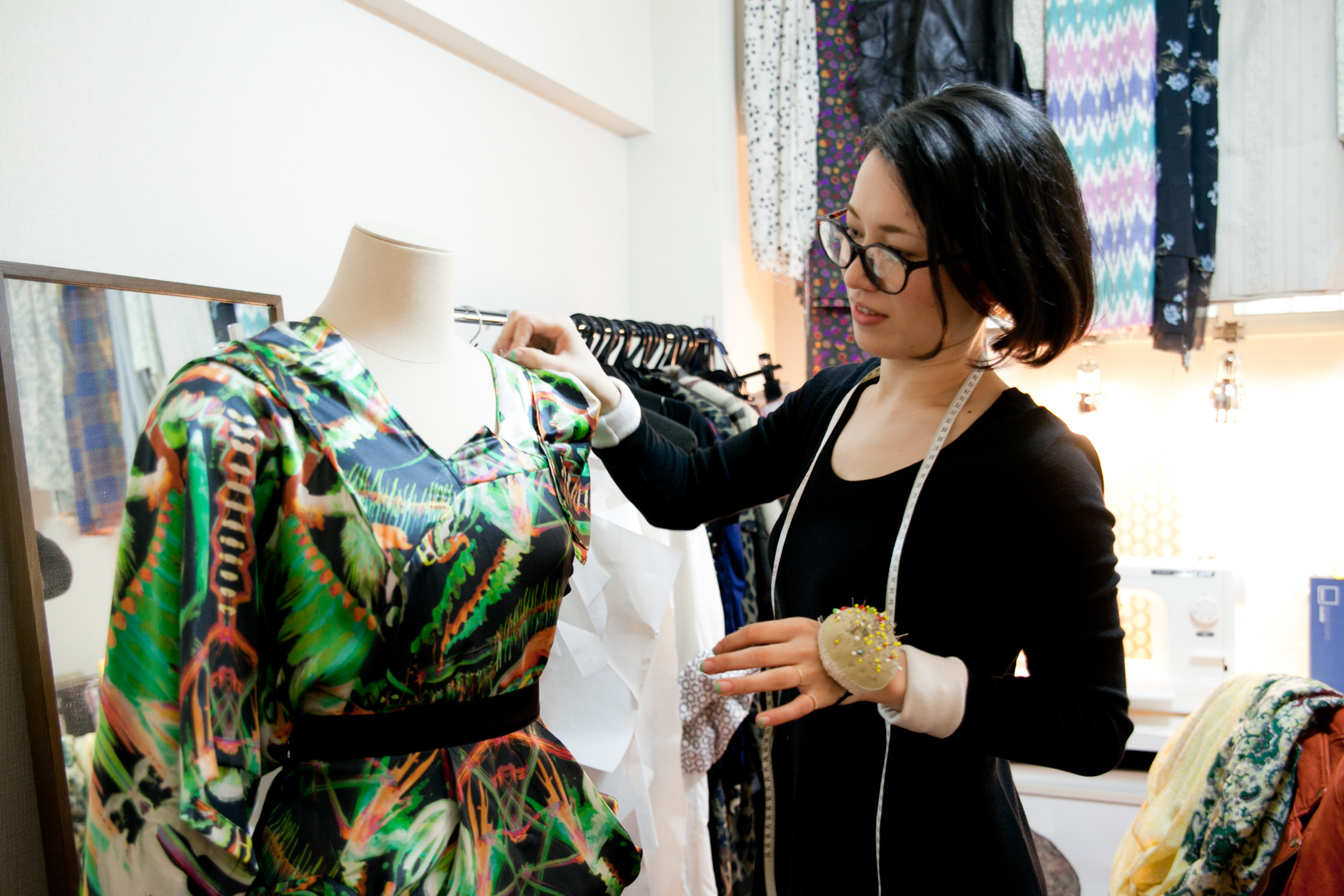
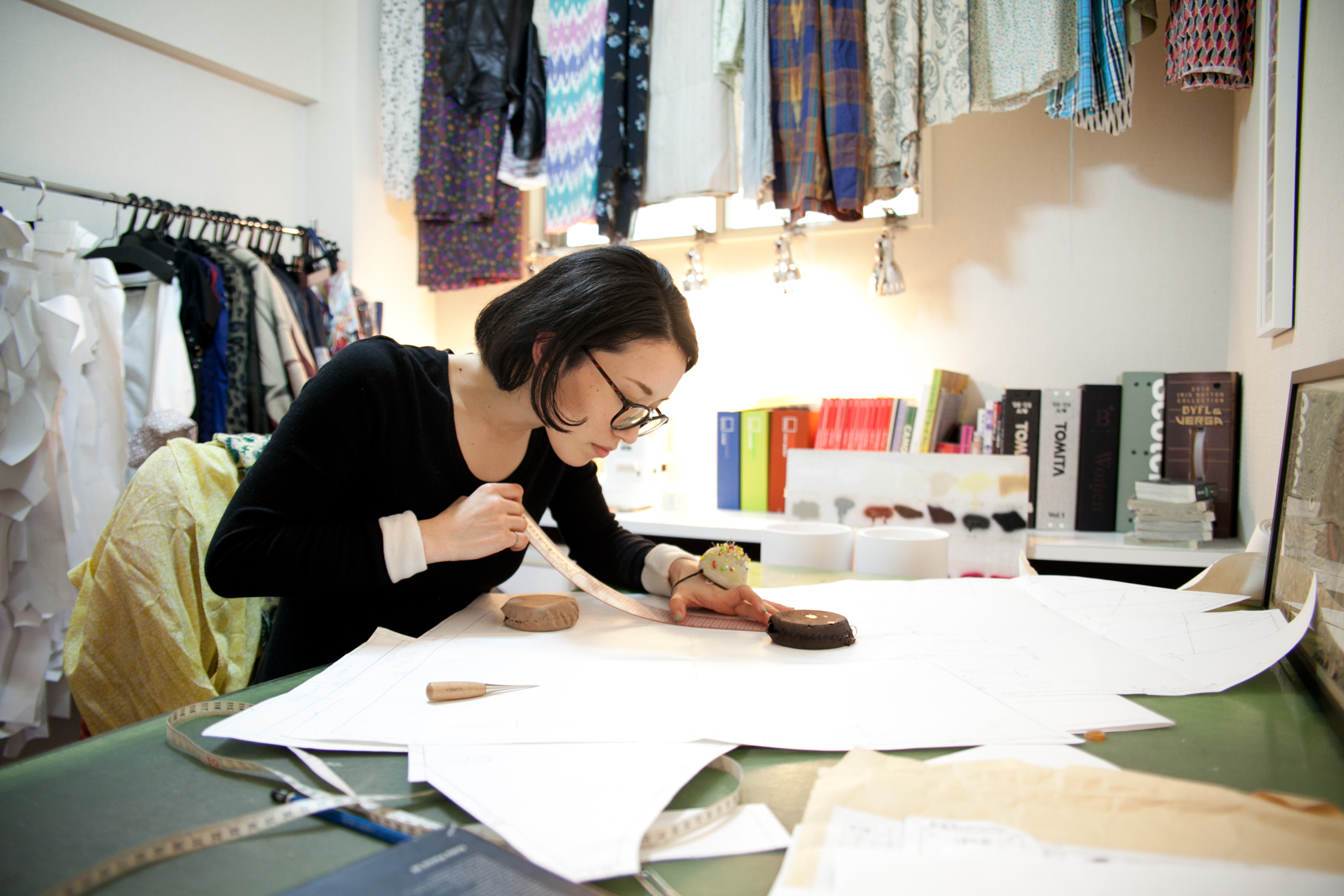
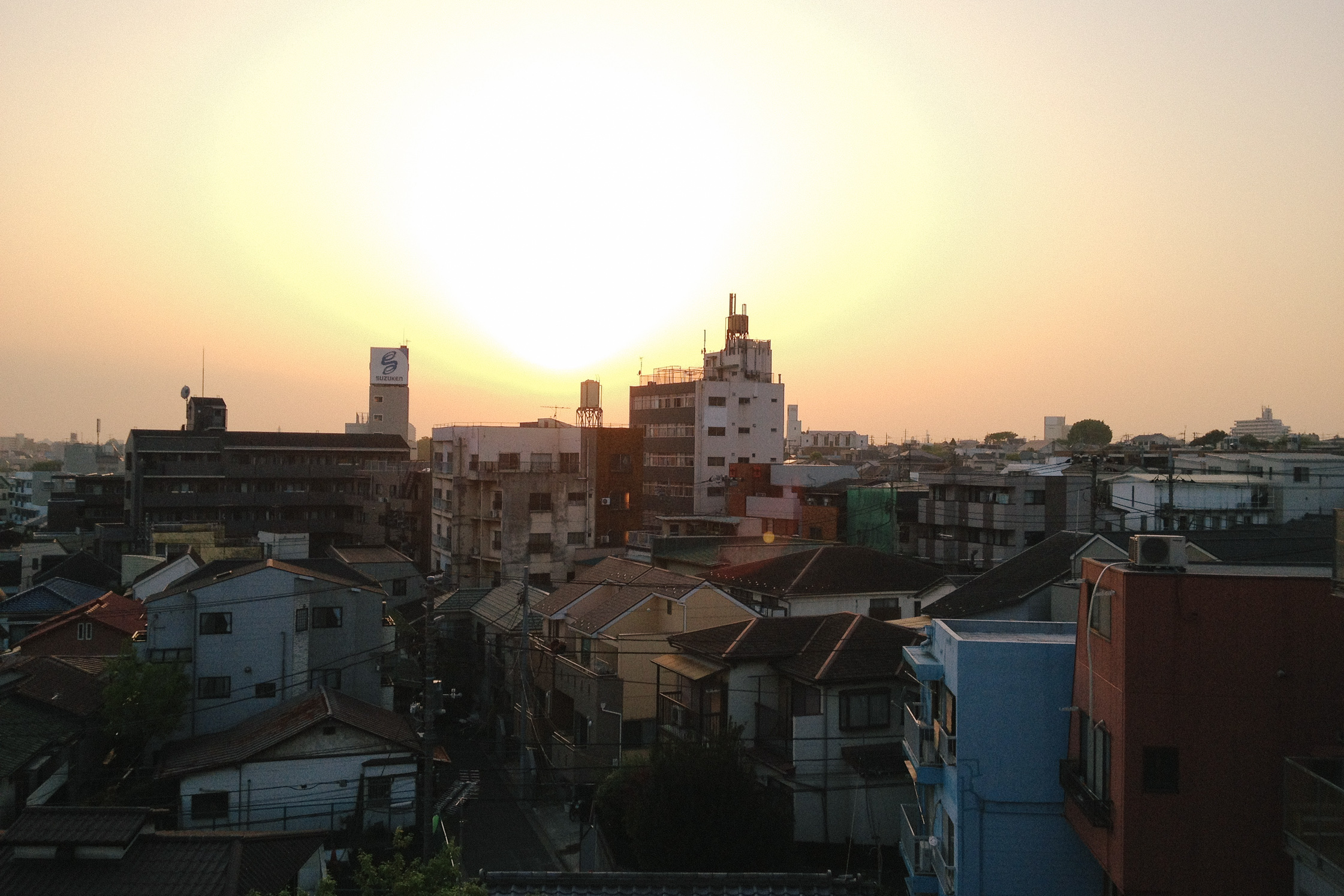
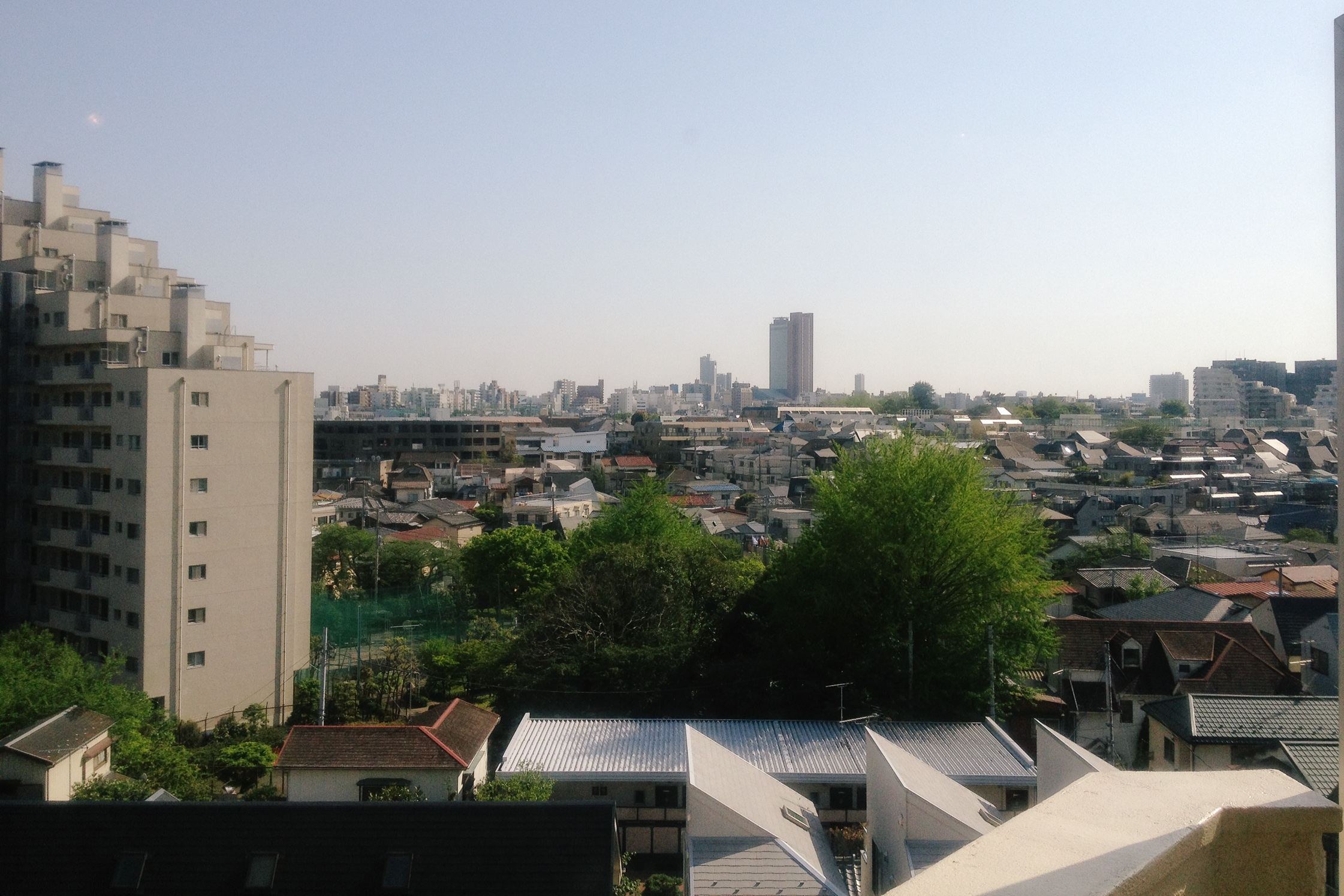
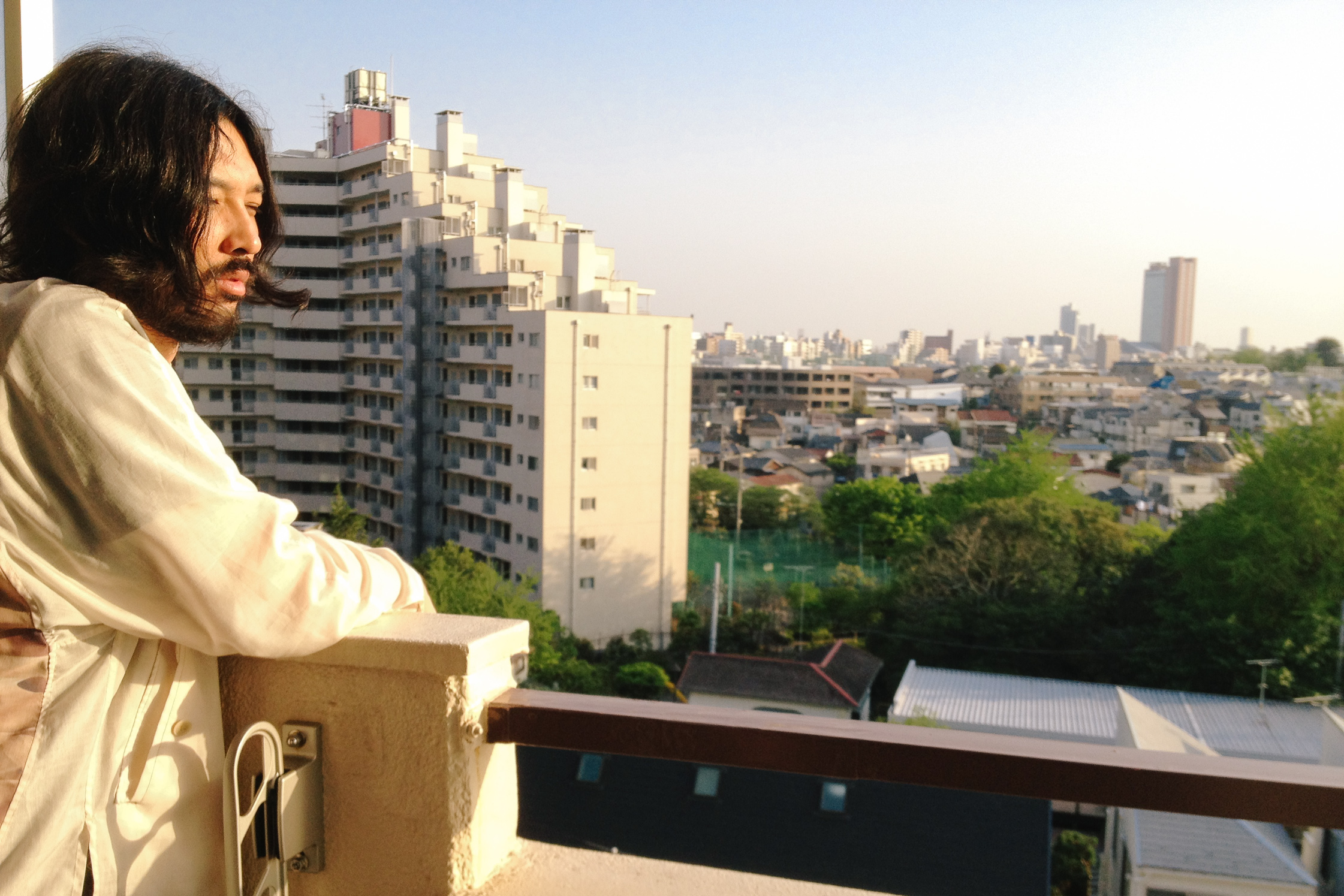
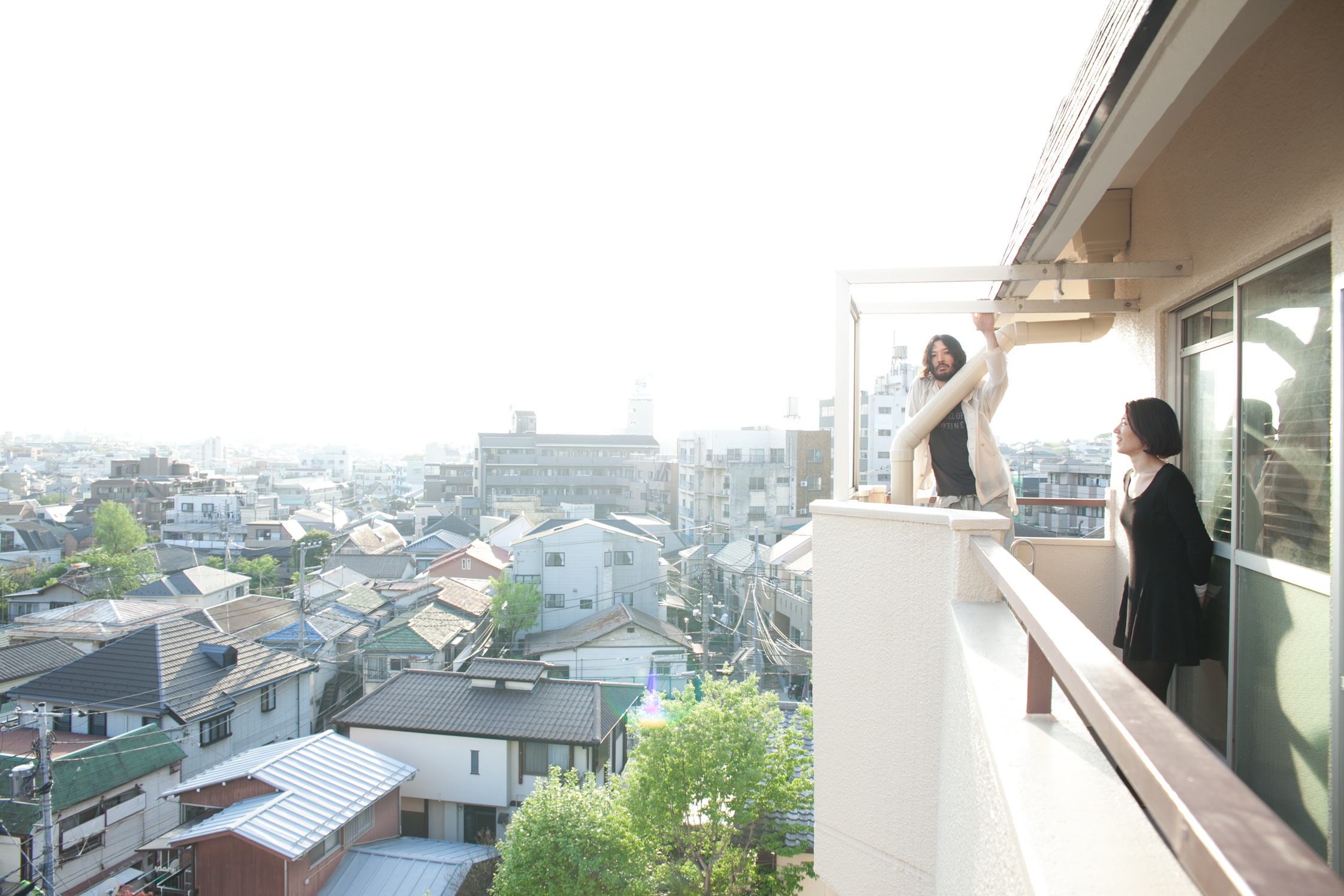
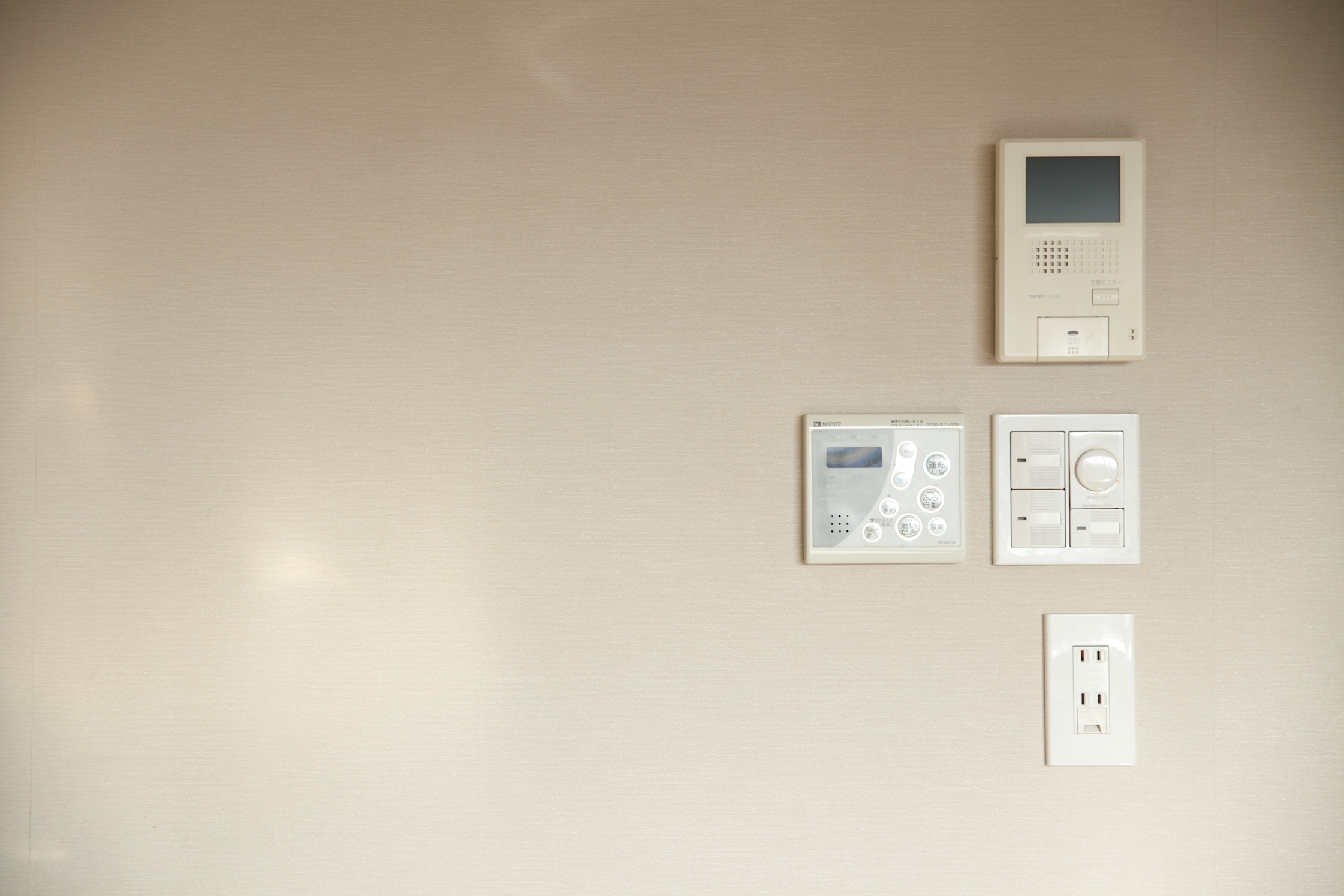
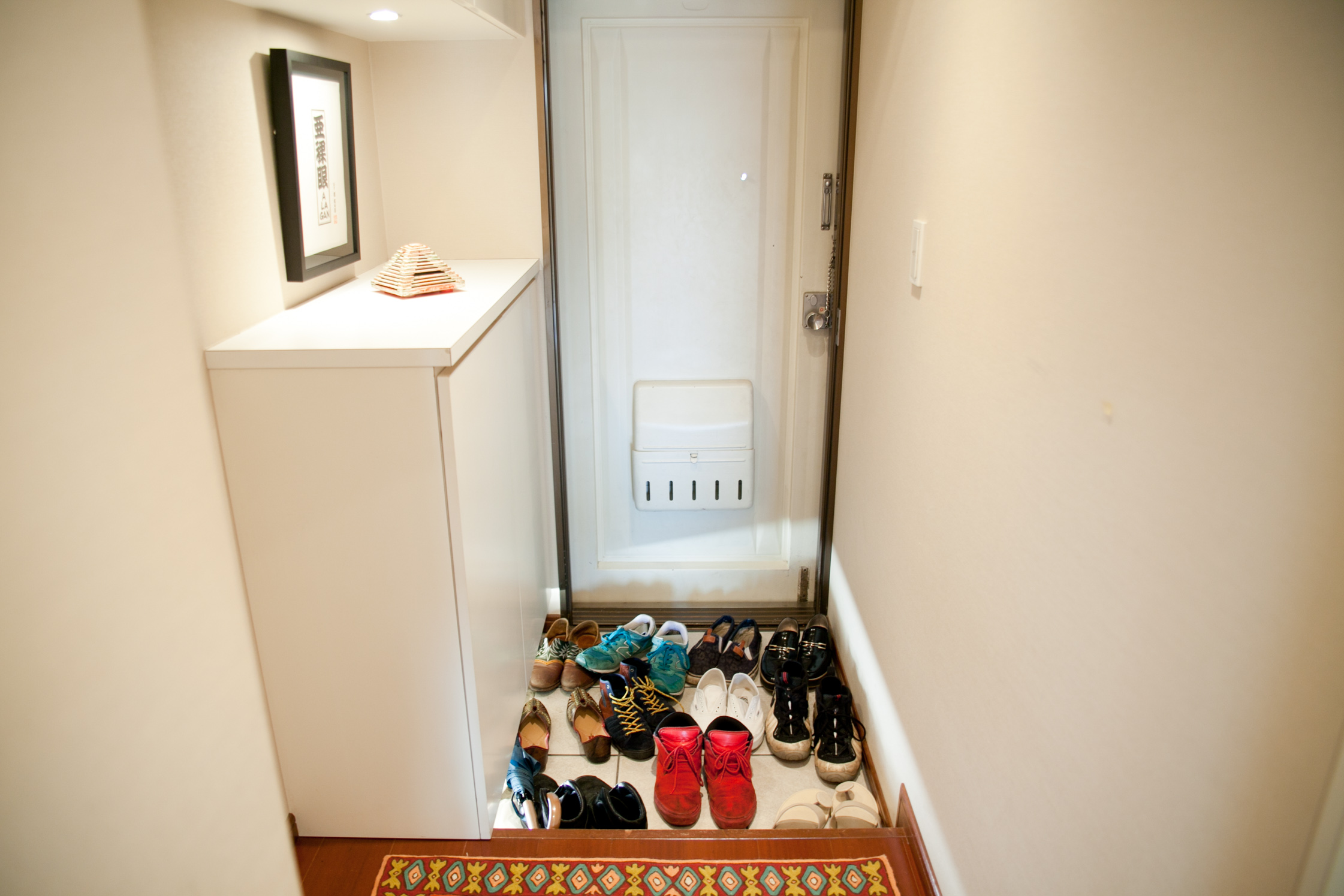
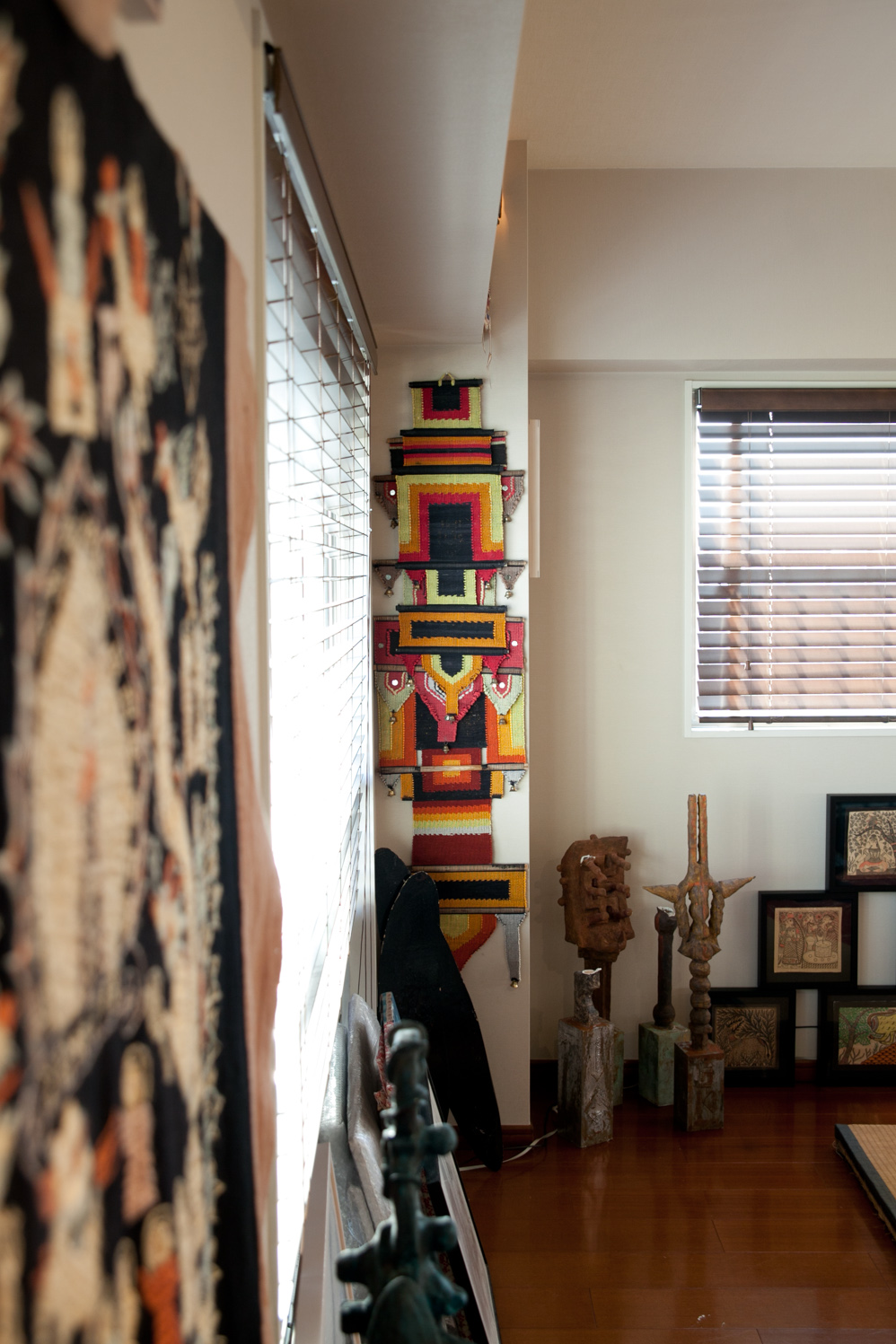
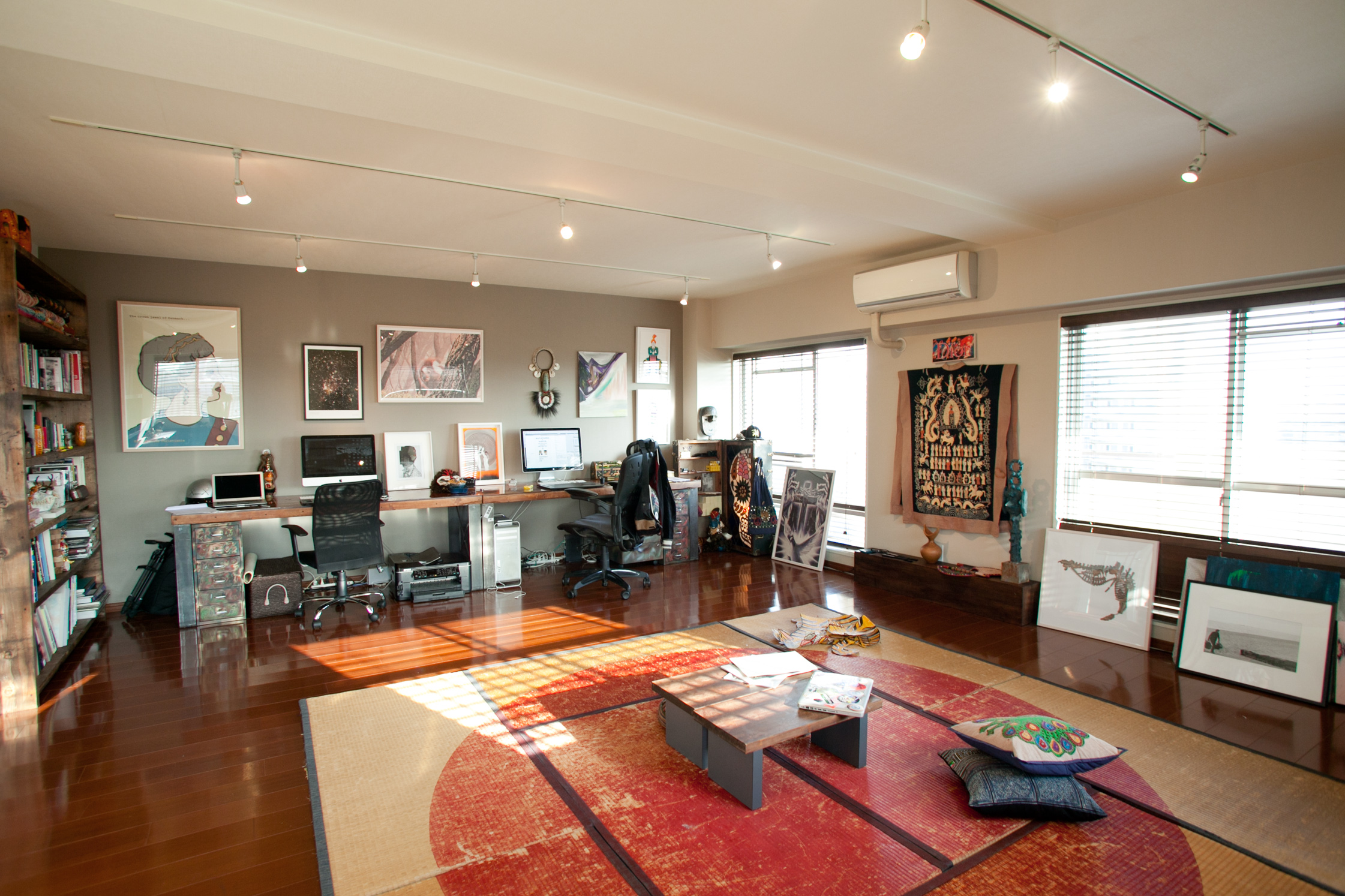
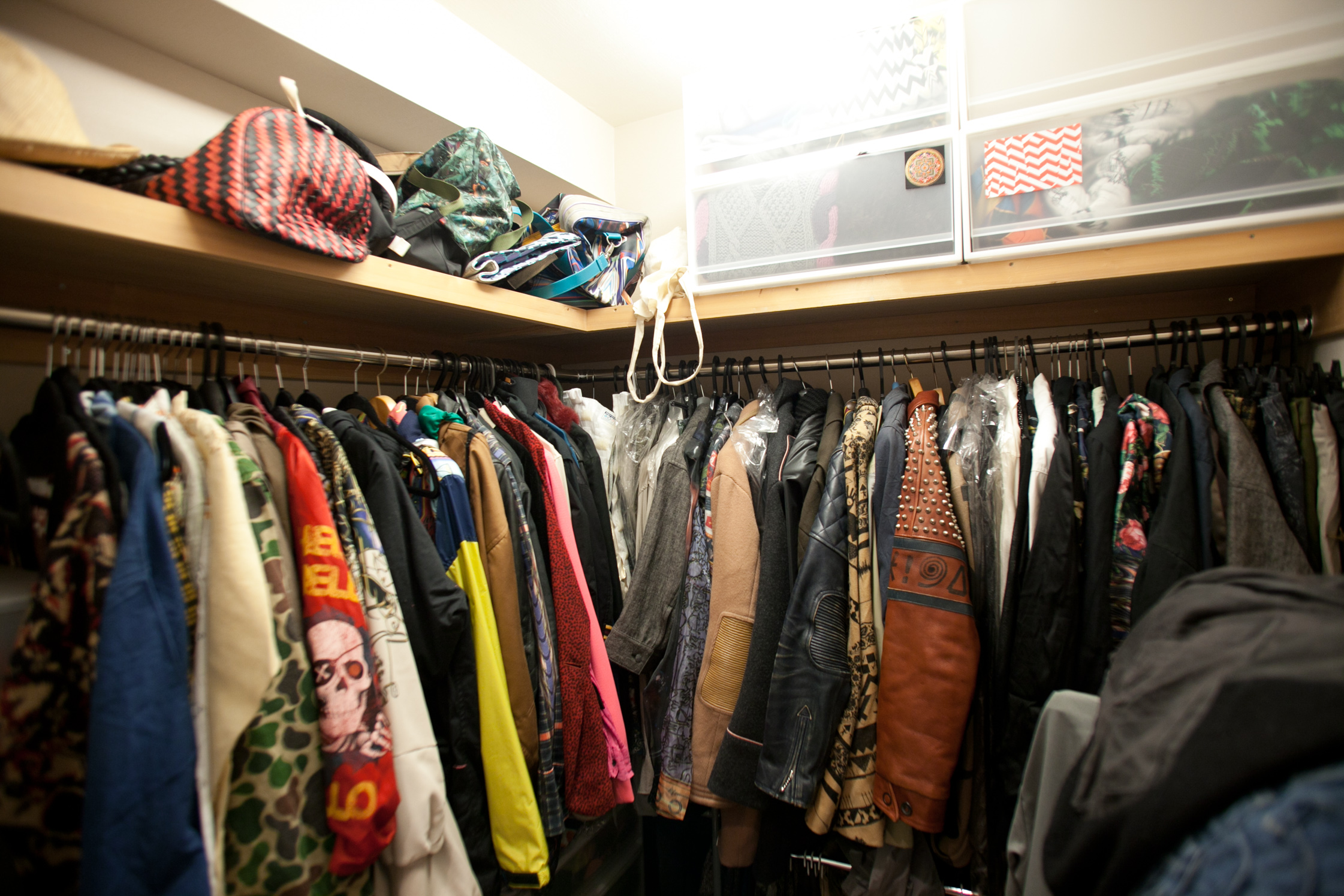
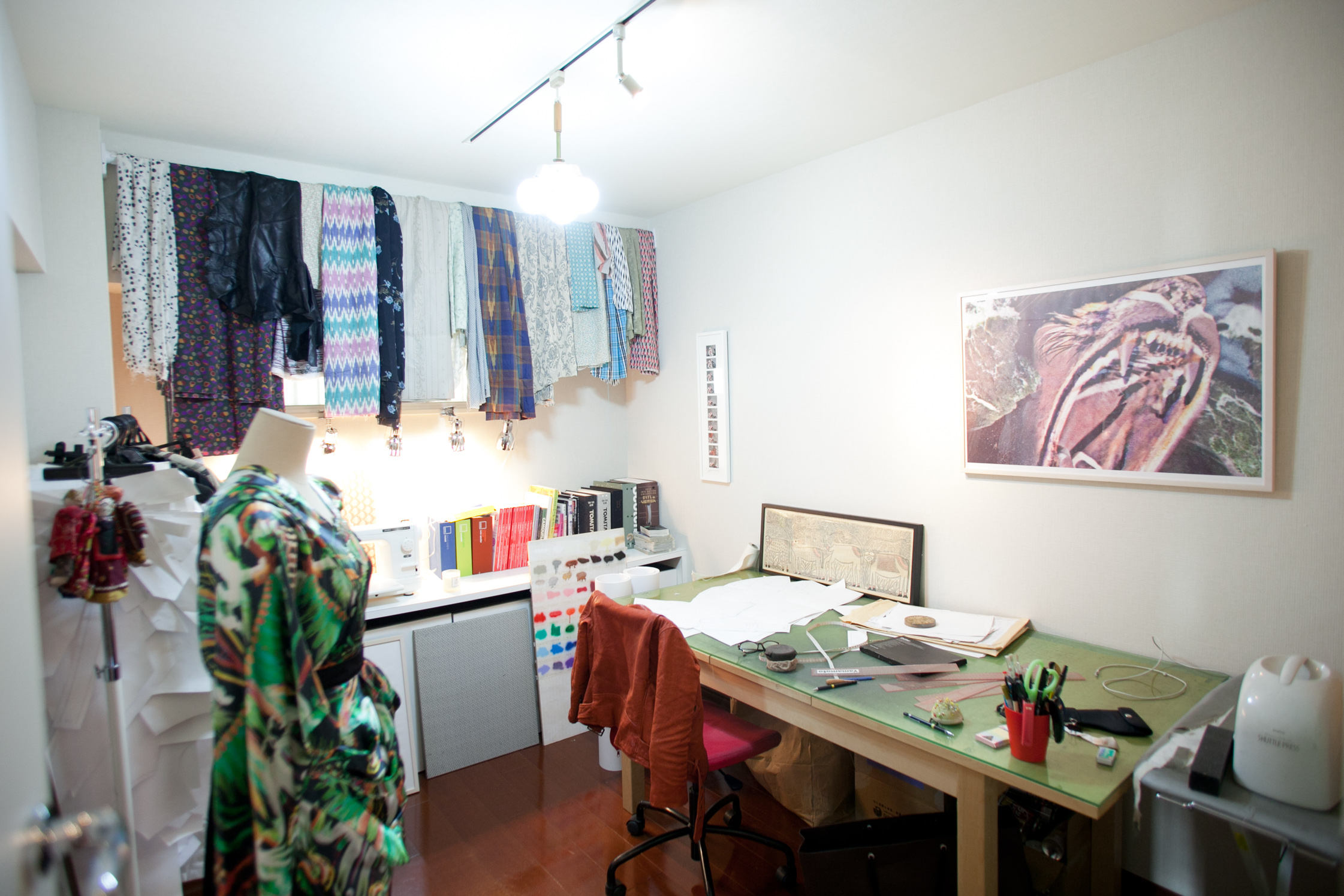
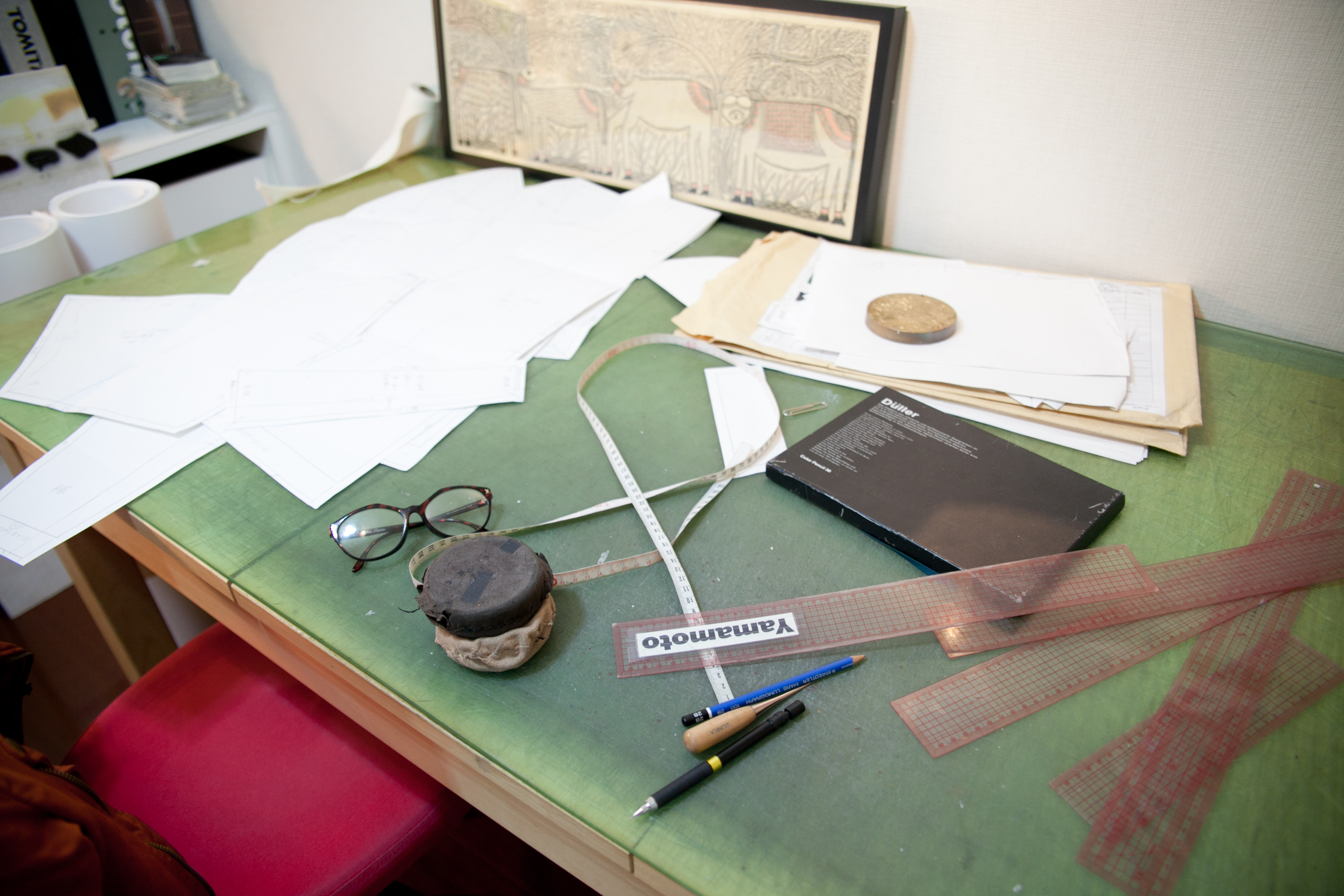
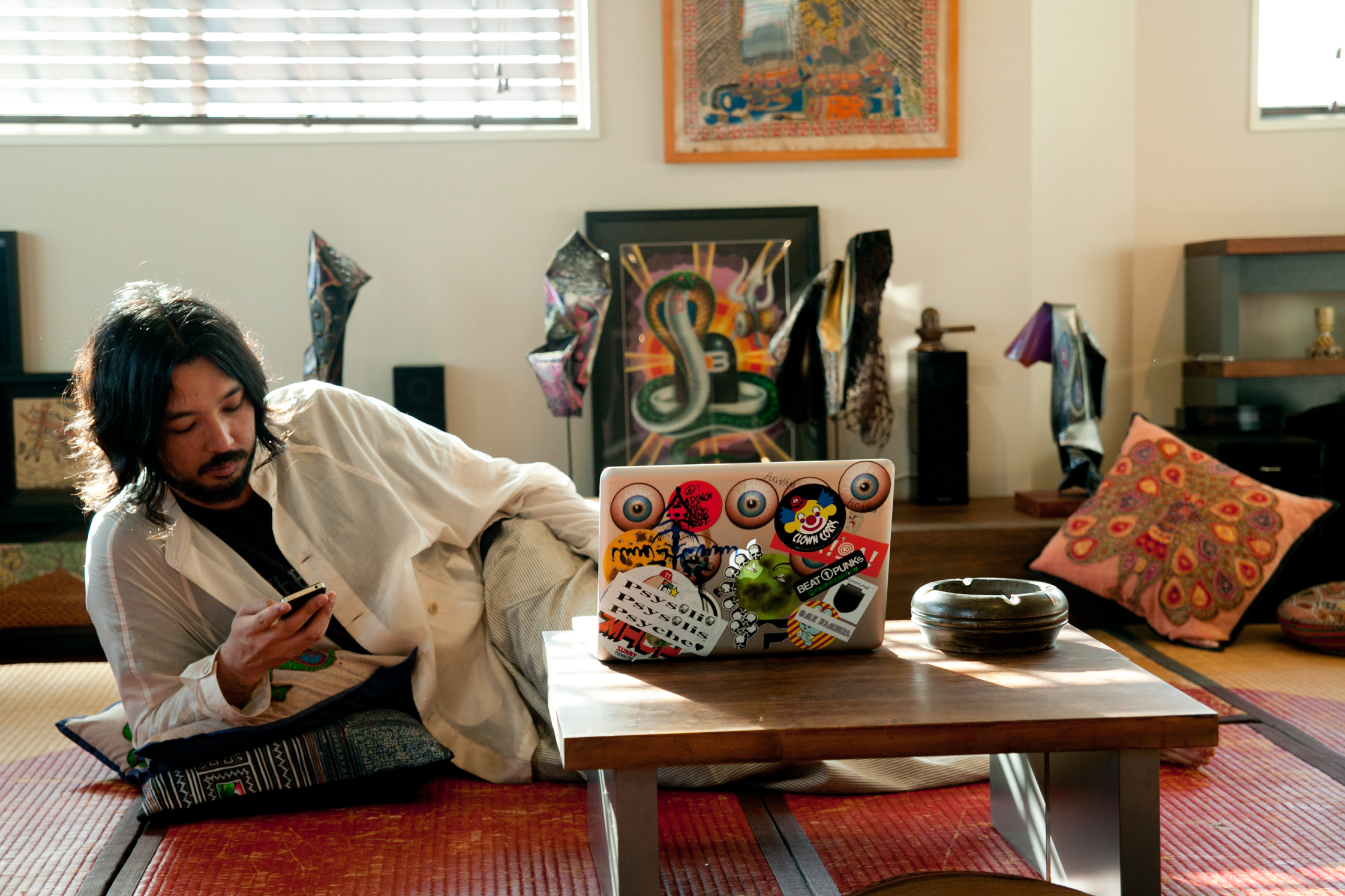
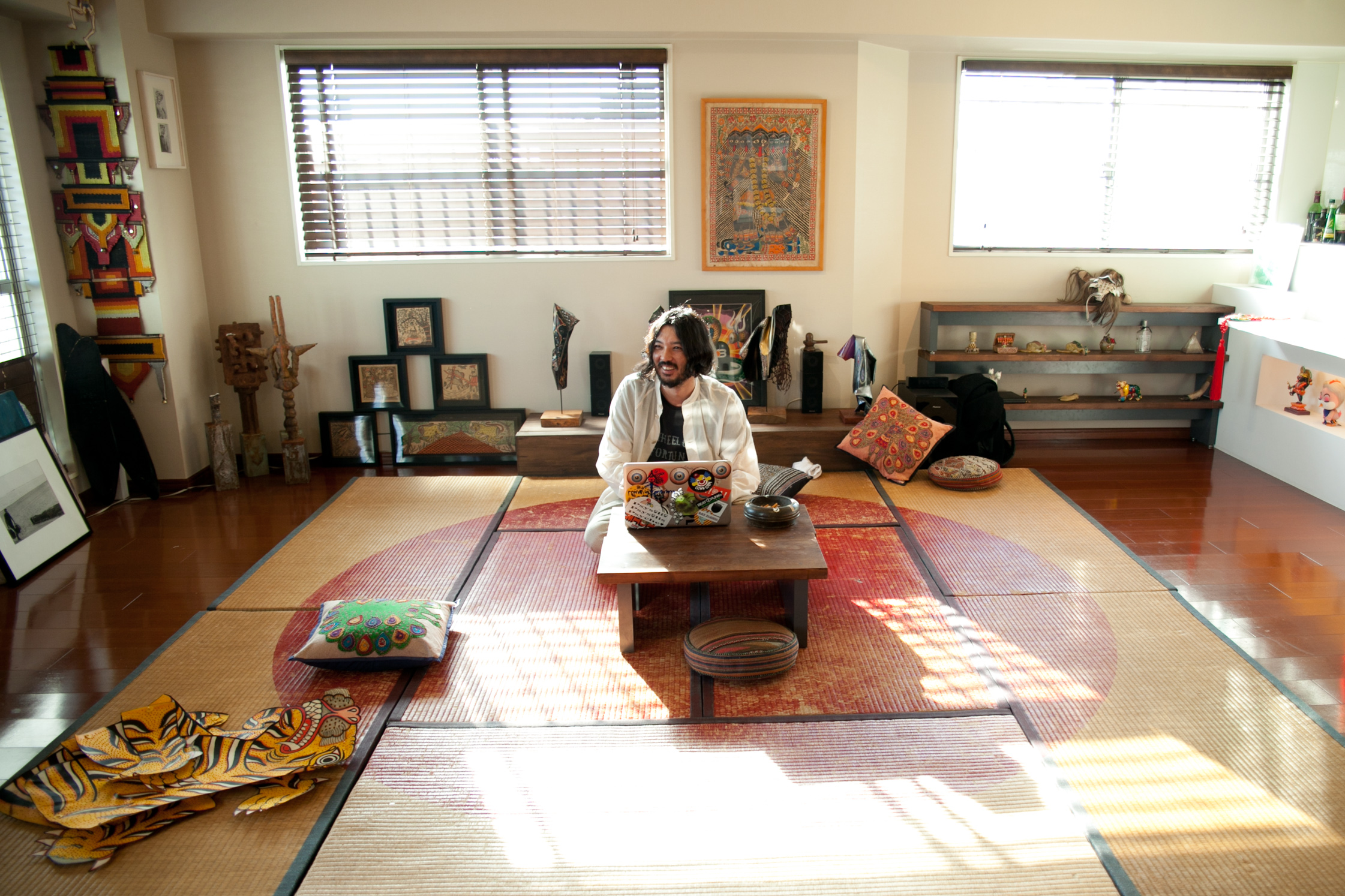
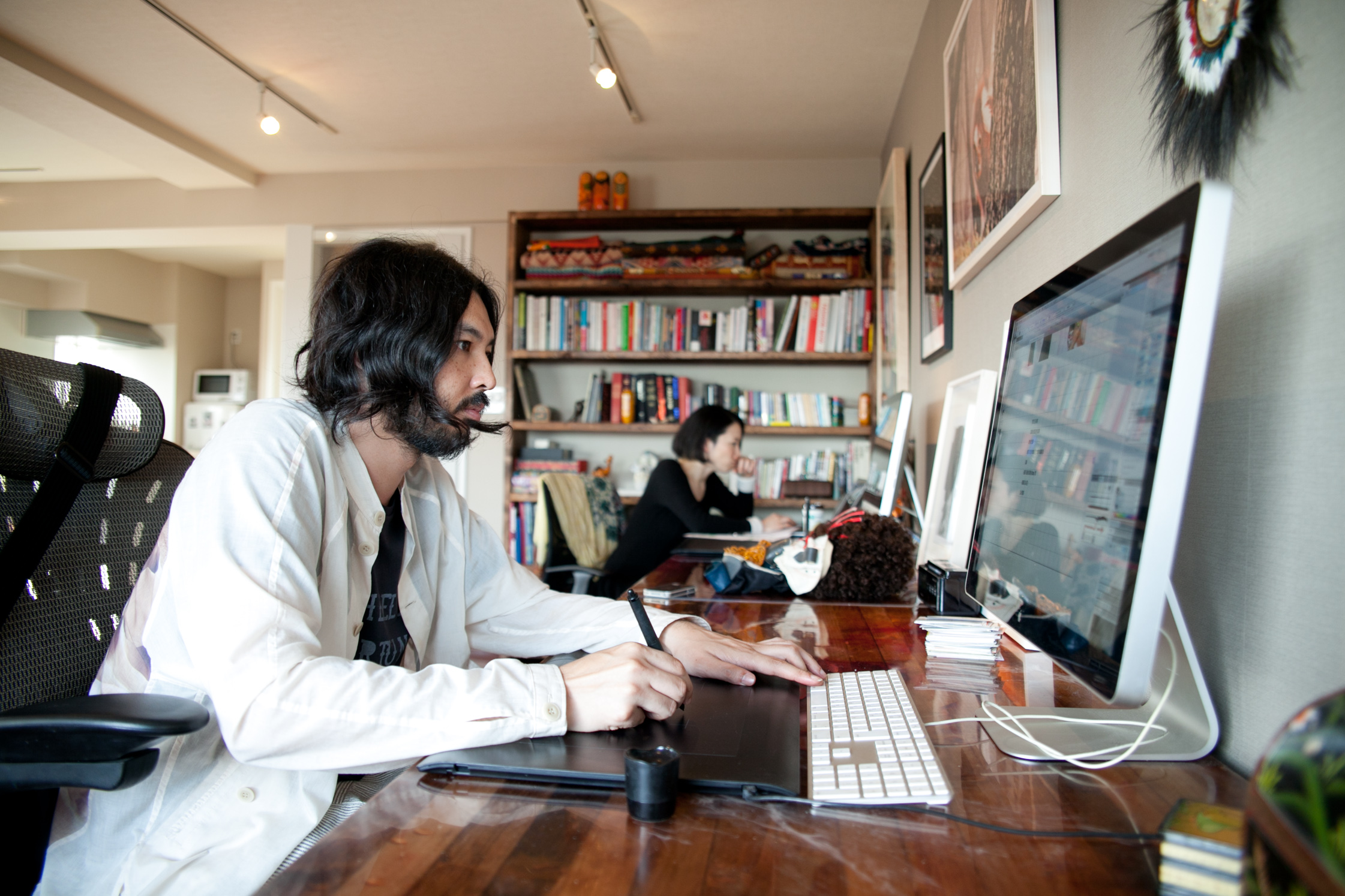

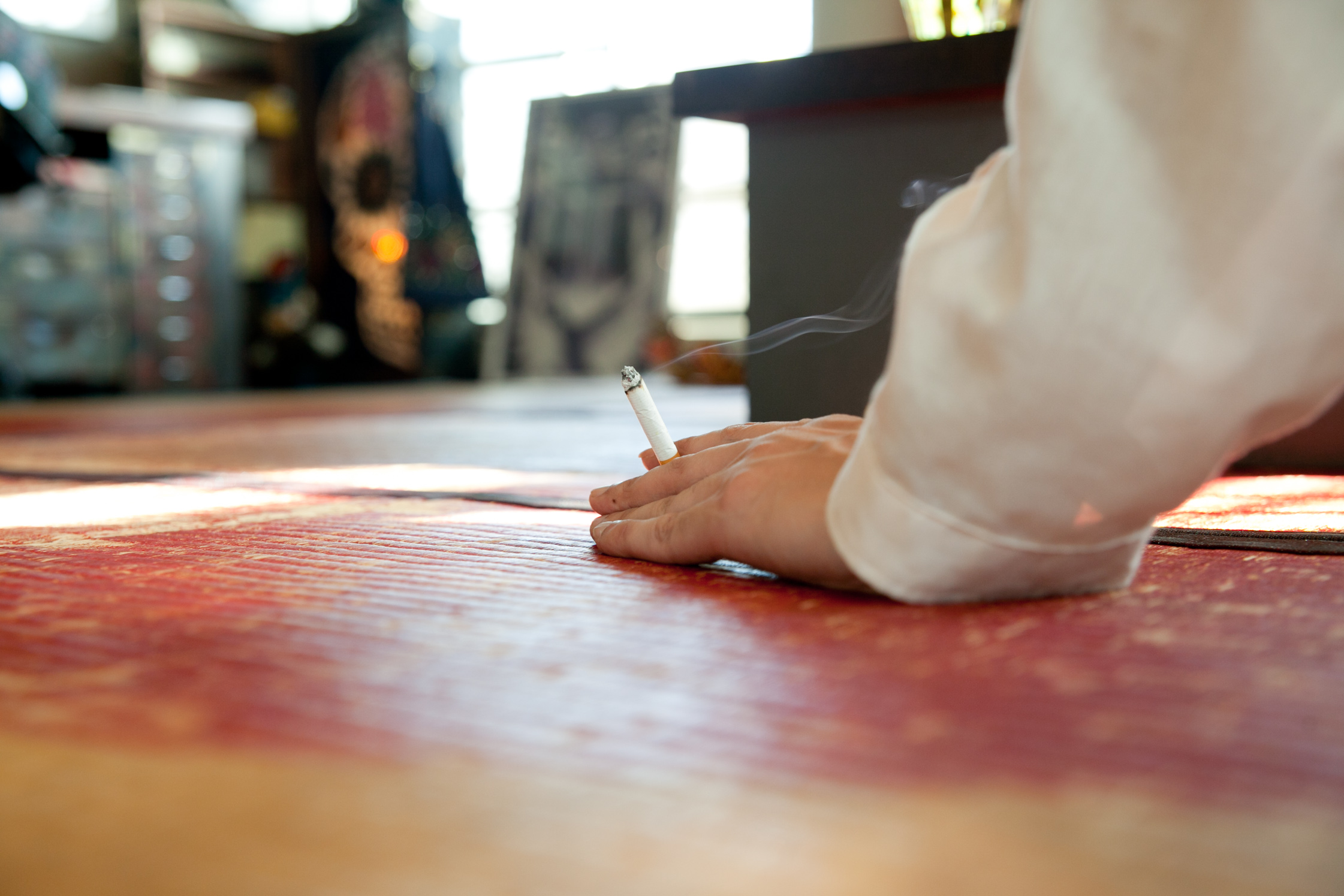
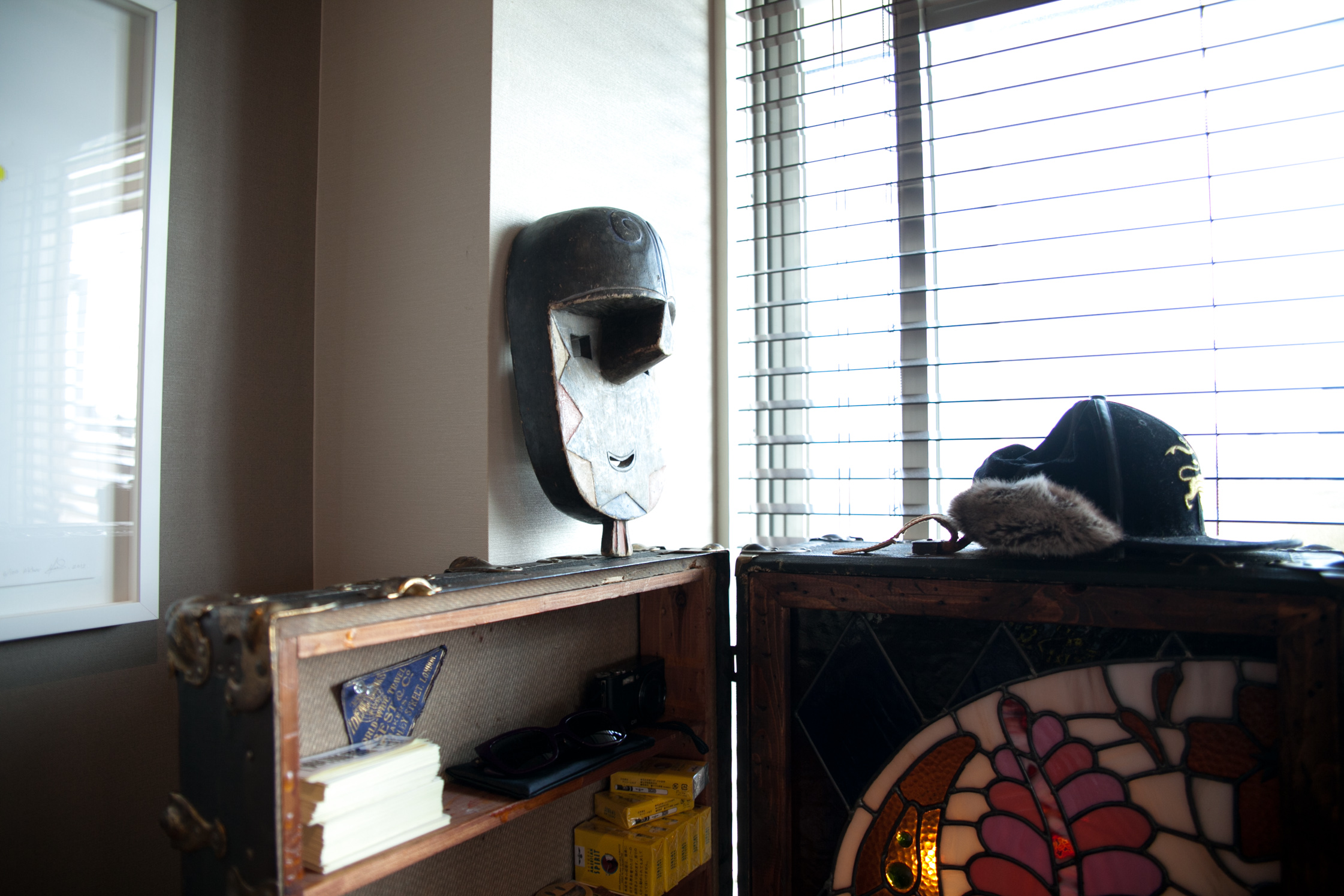
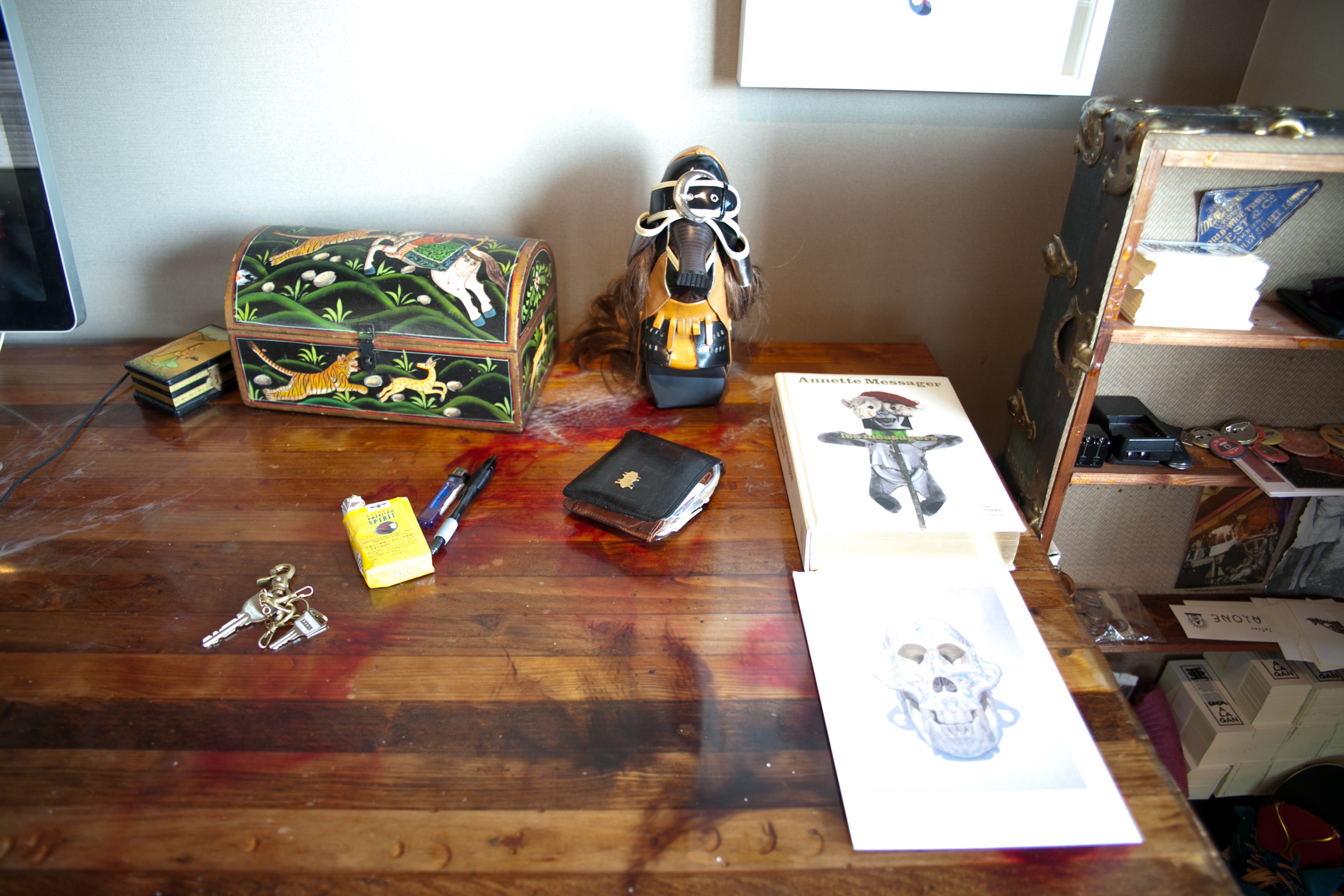
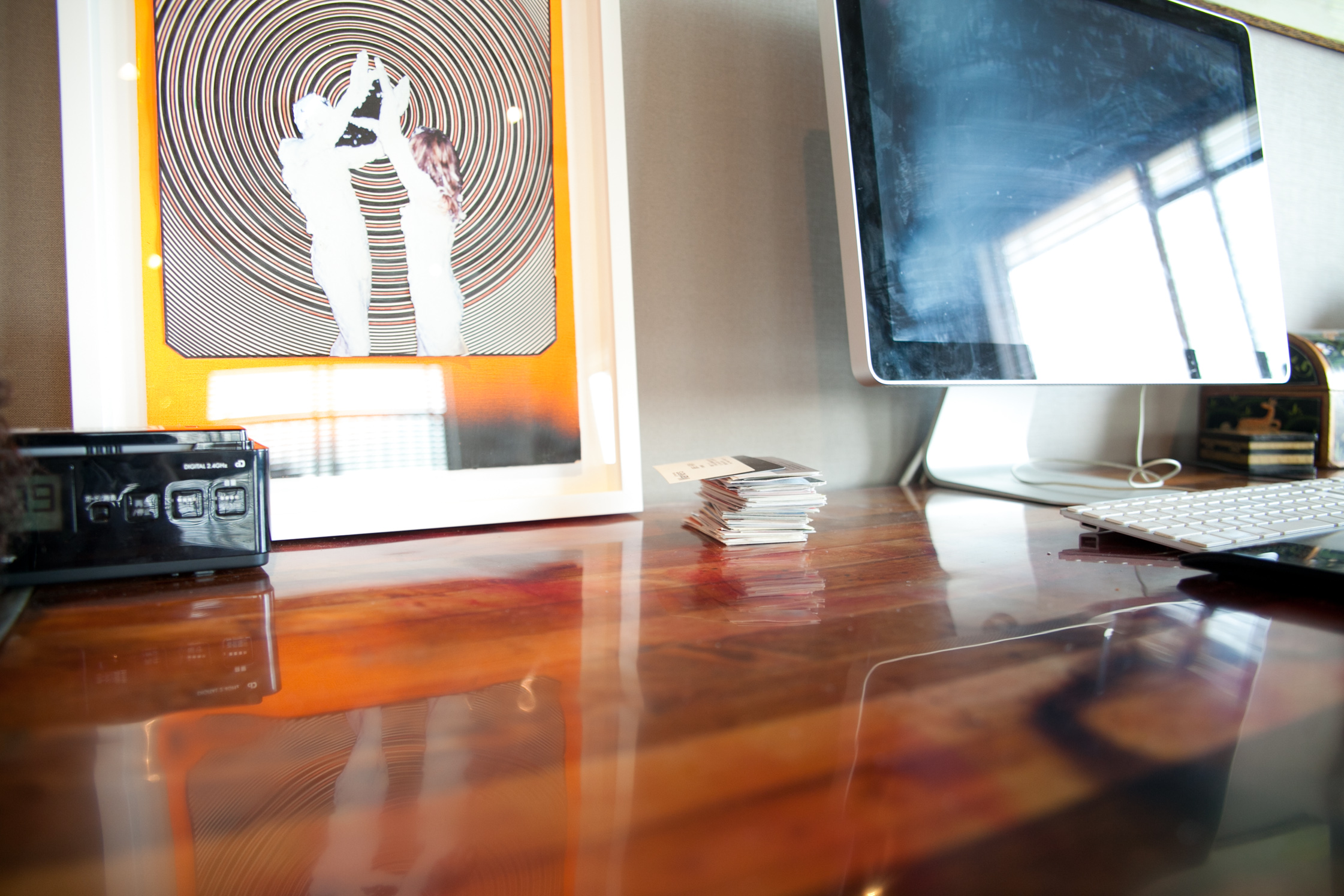
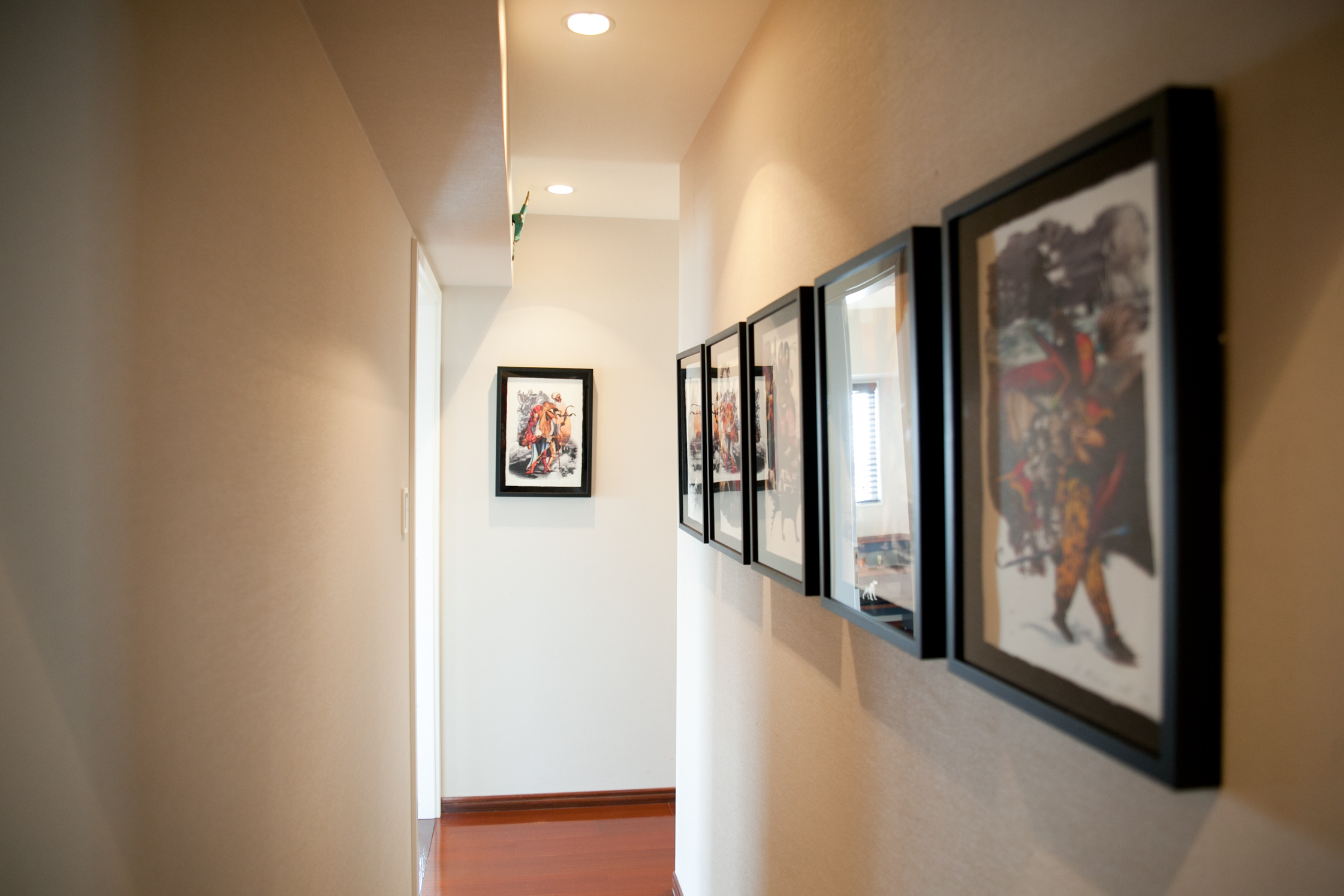
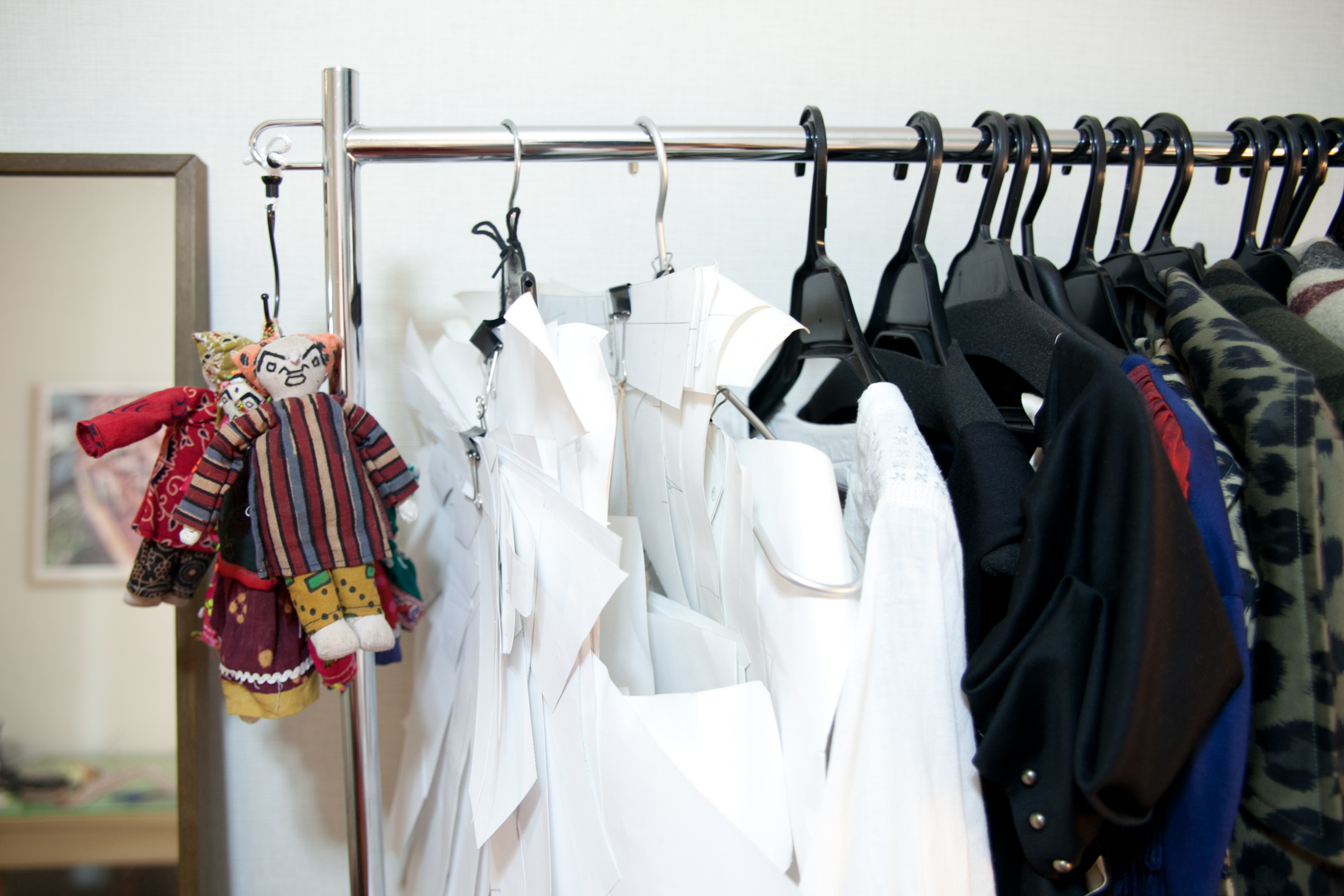
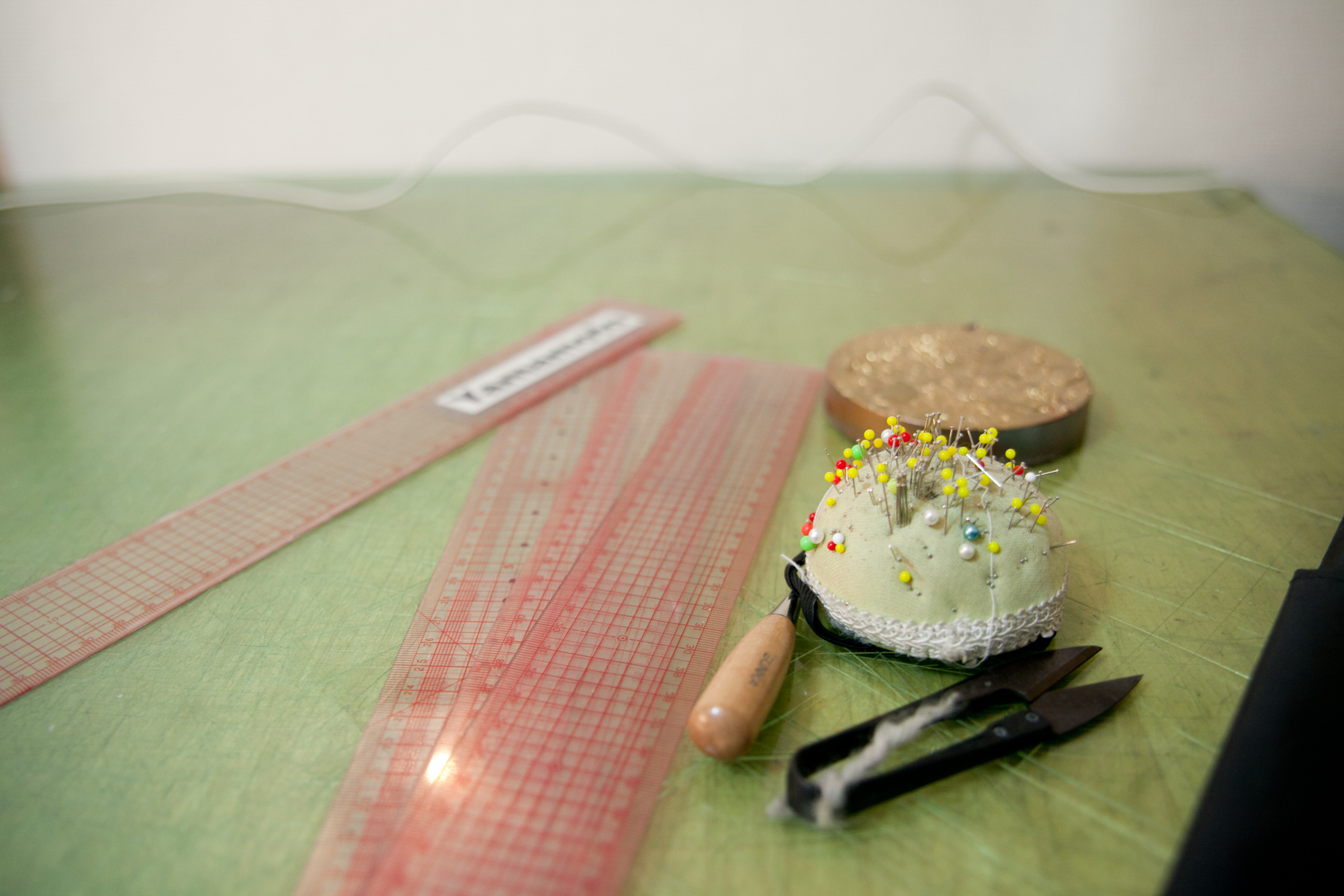
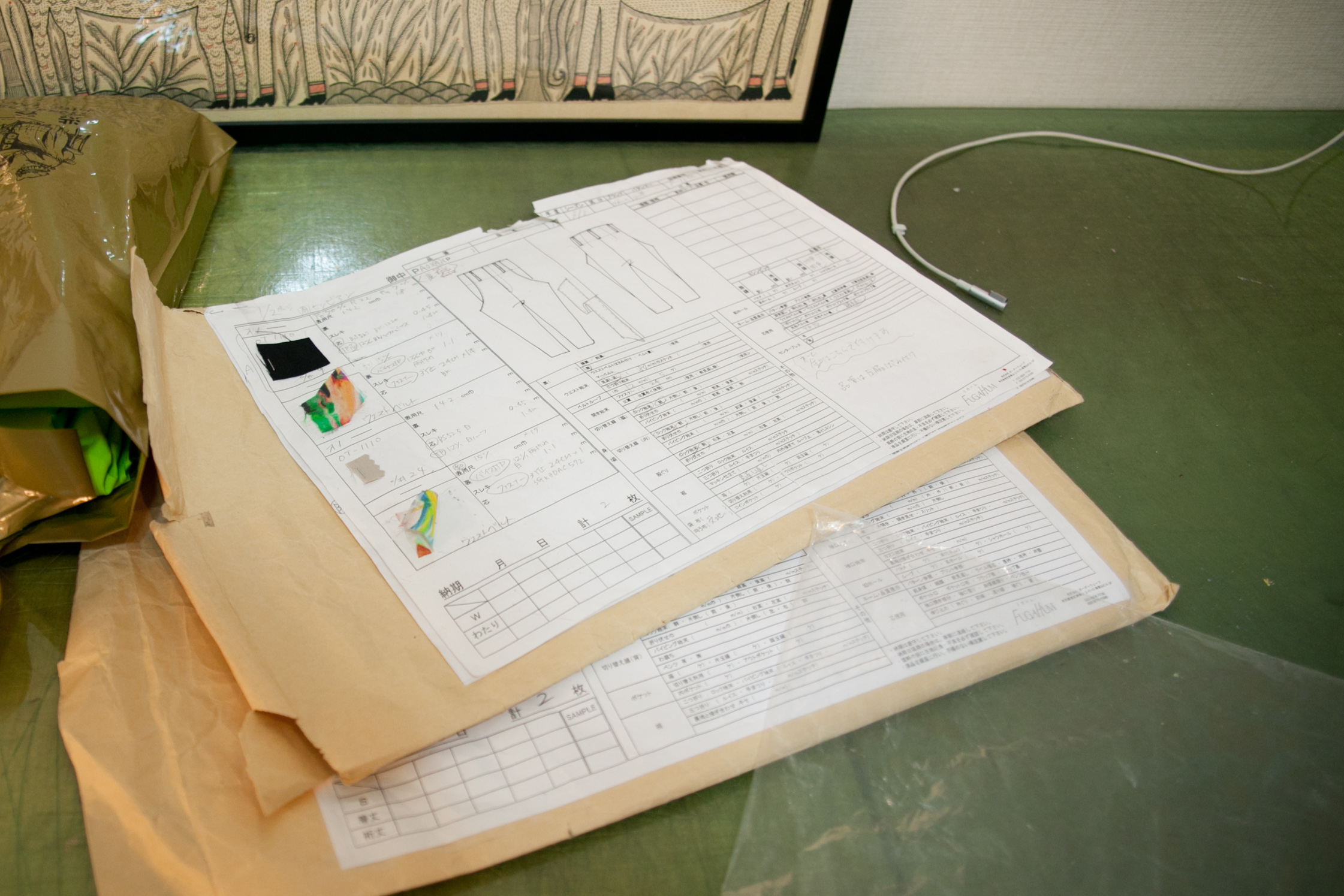
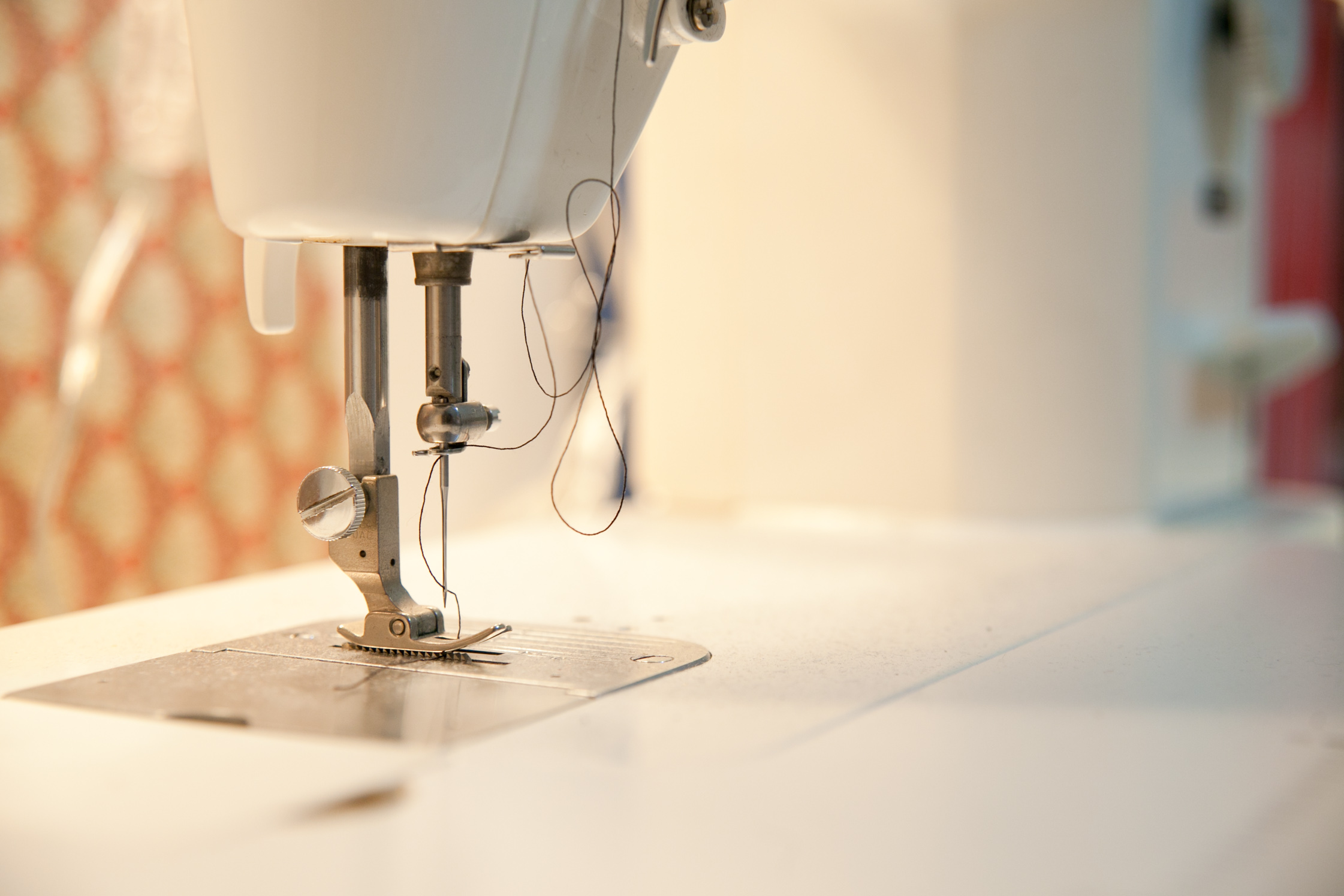
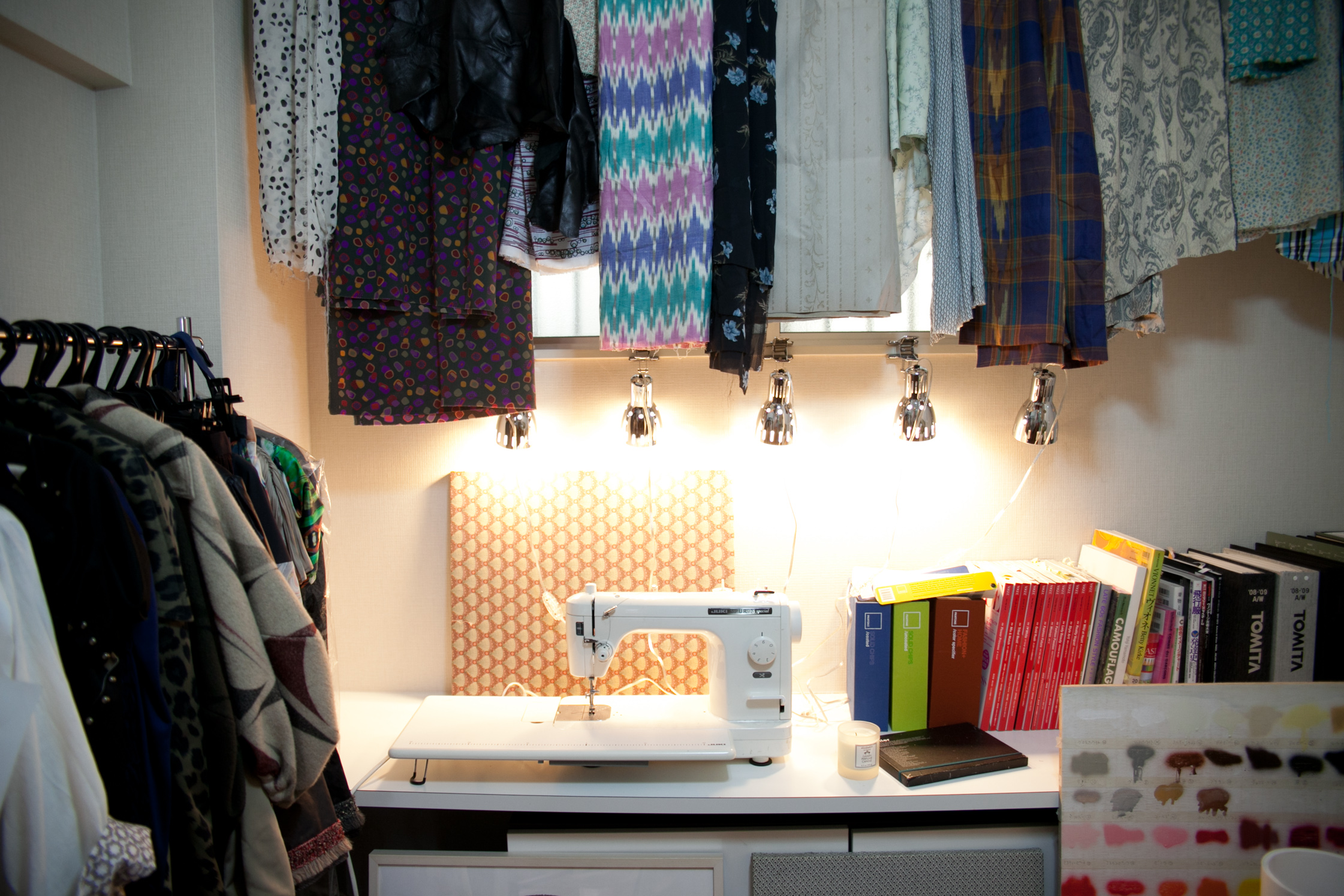
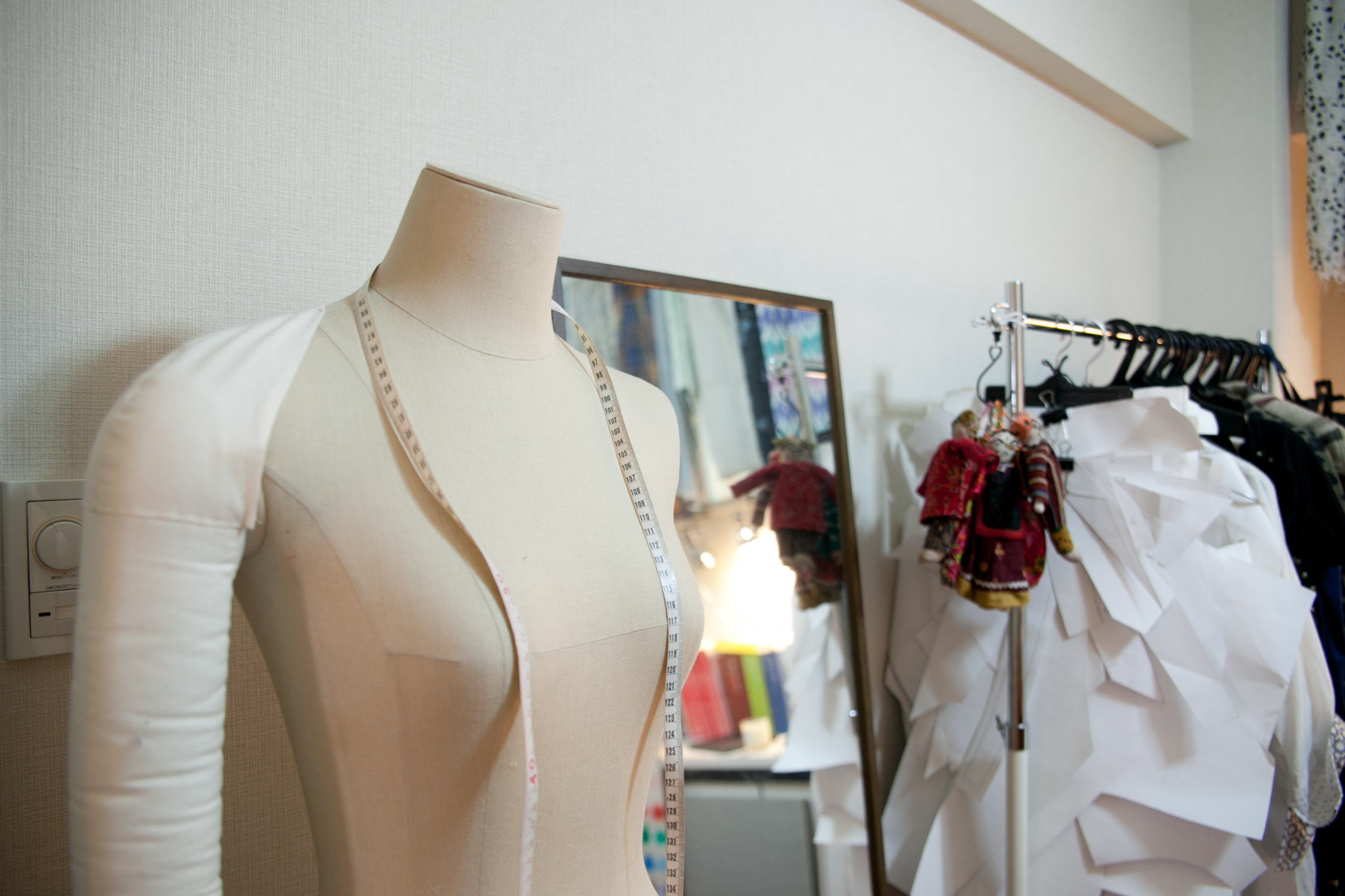
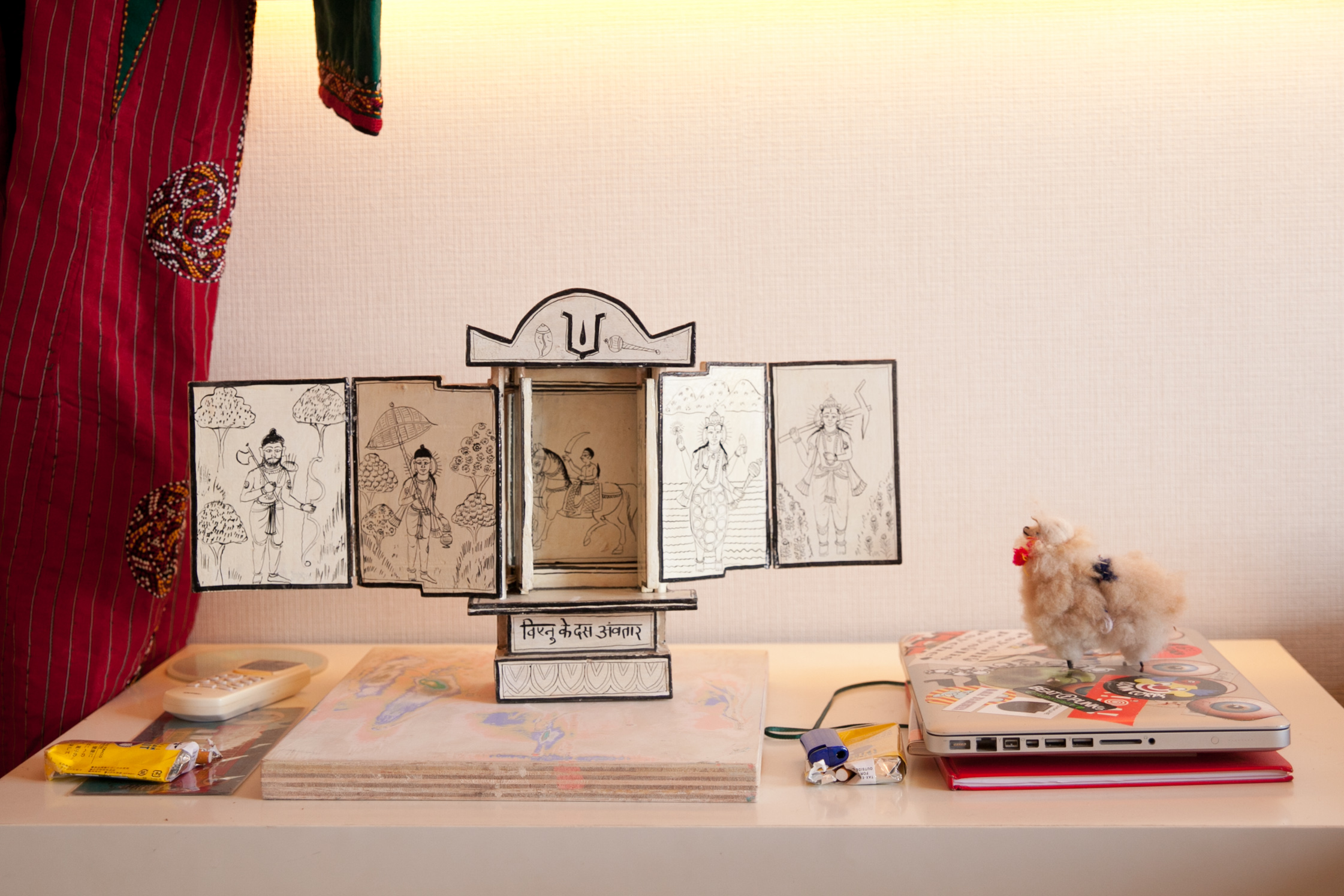
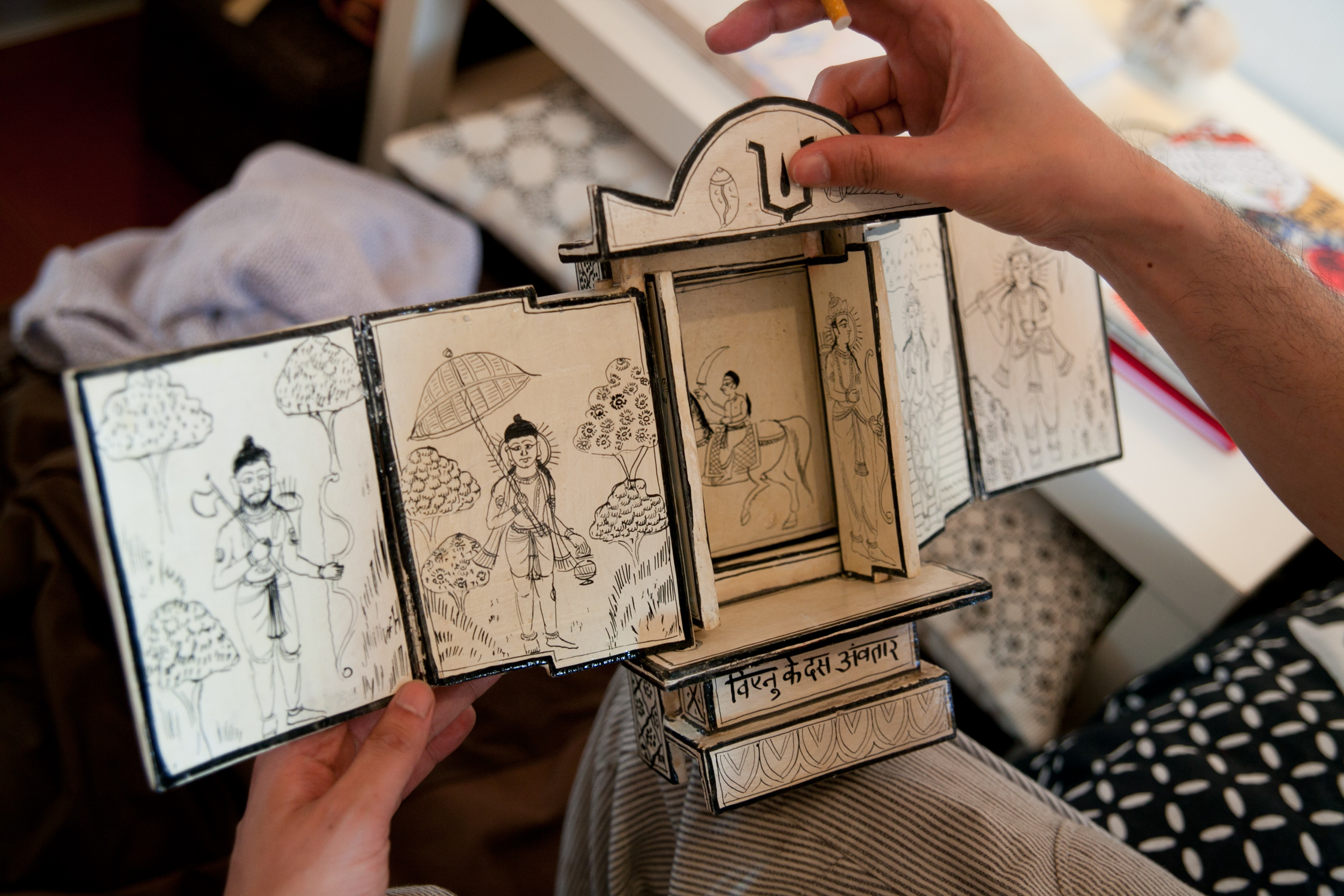
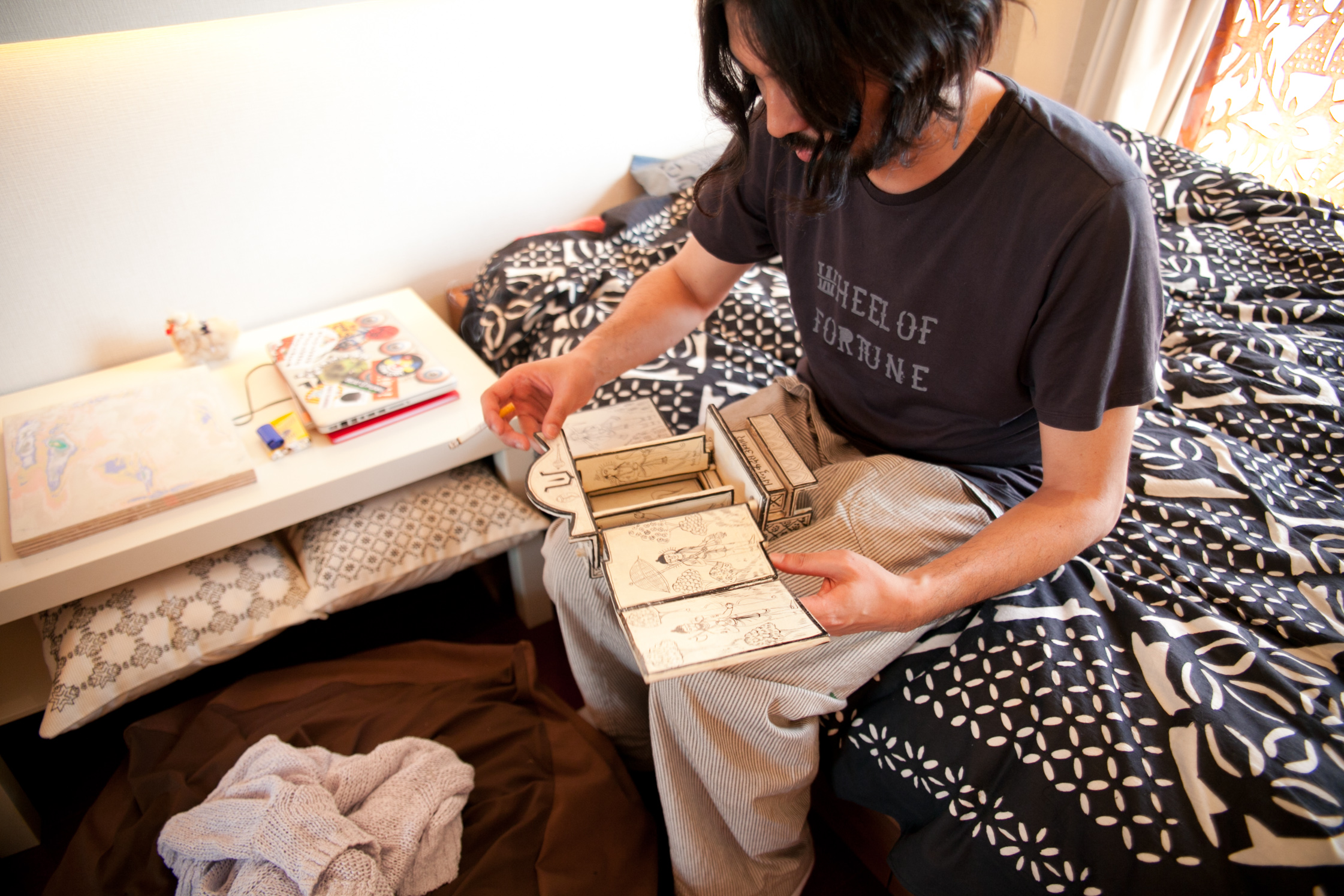
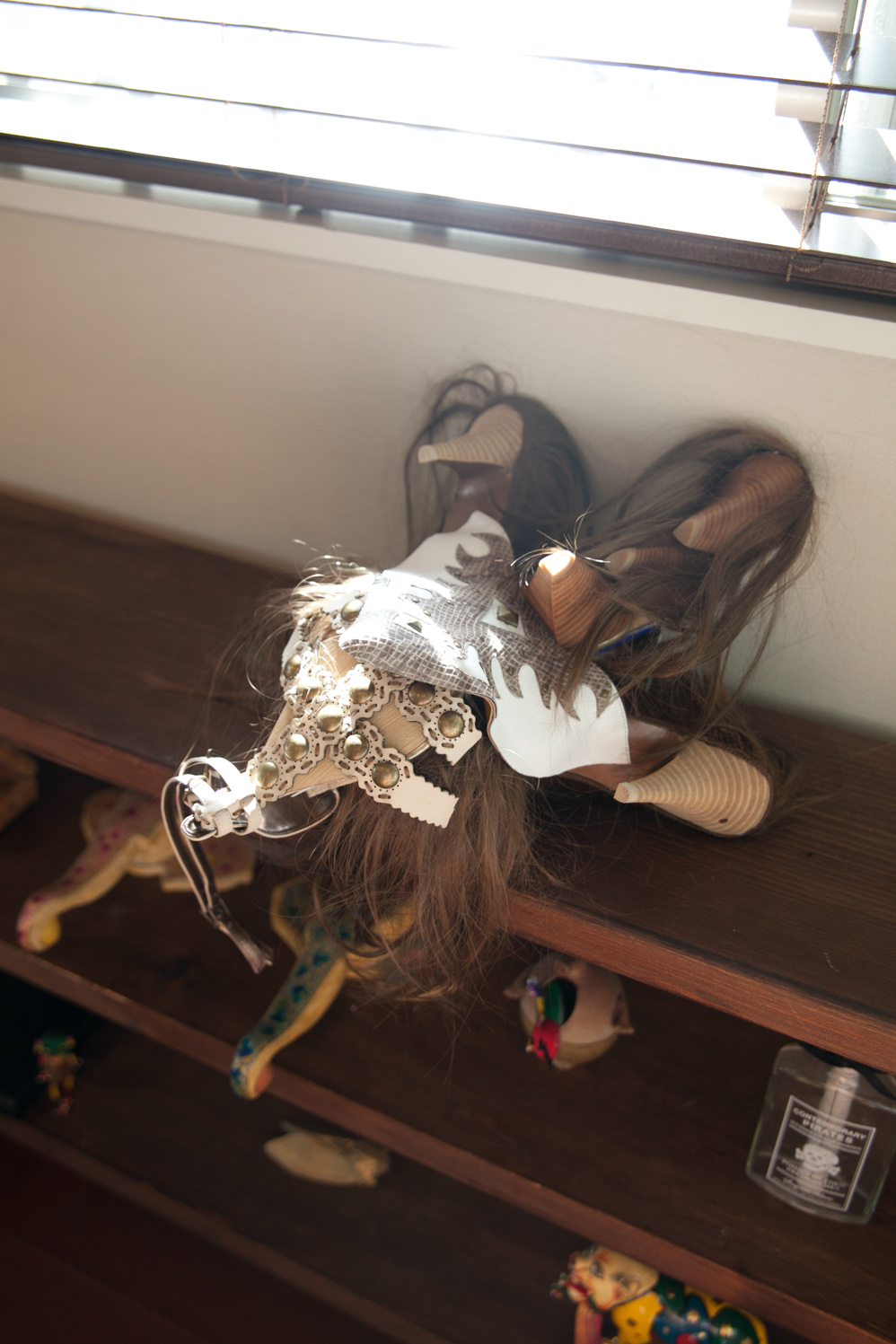
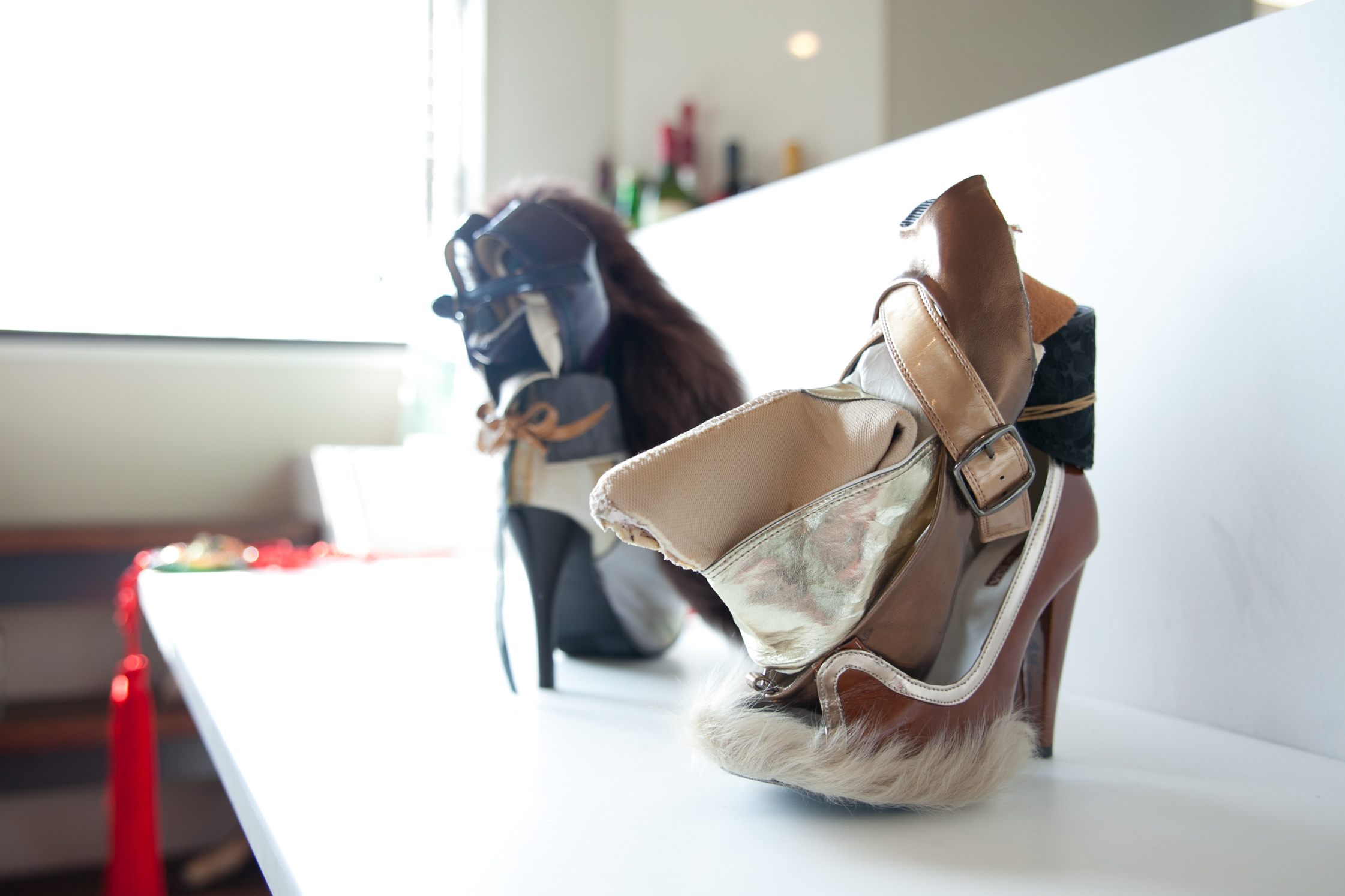
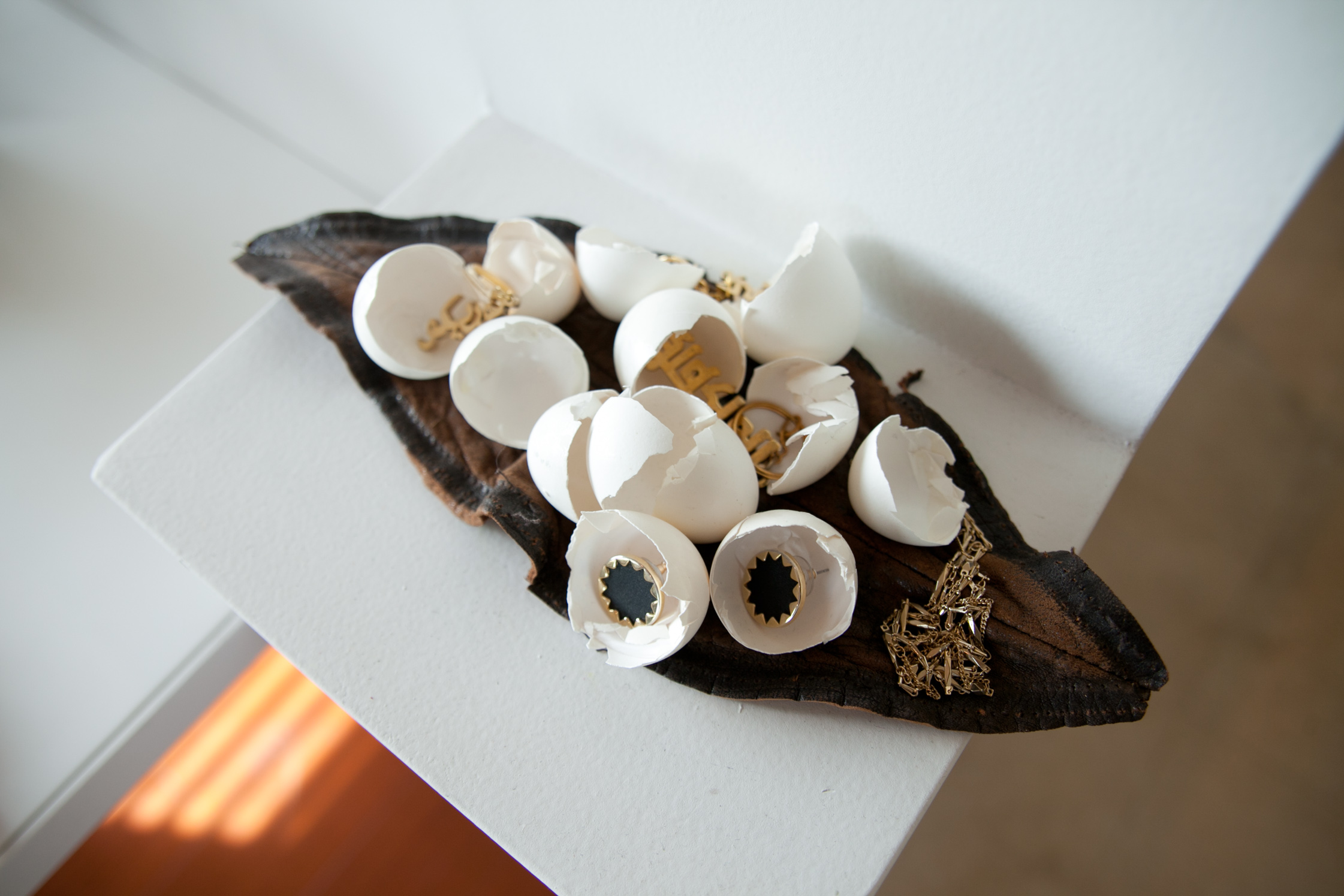
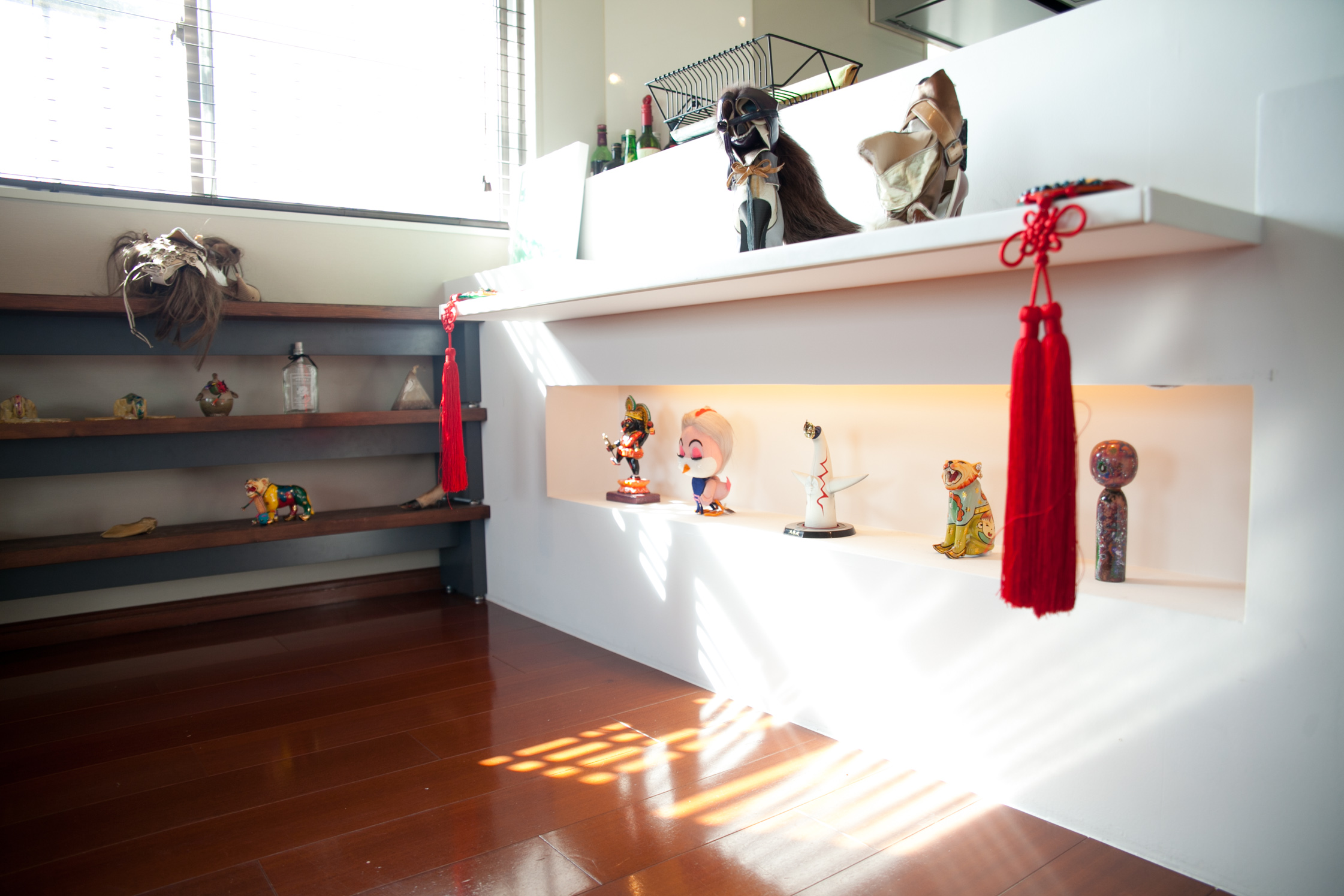
What made you to move to Tokyo from your hometown Osaka?
After finishing my studies in graphic design in Osaka, I went to NY as a backpacker searching for new inspiration. As I observed art and graphic design in NY for a few months, I realized that there was a huge wall of distinction standing between the two disciplines. When I was in Japan, I never thought of separating them. This made an impact on me. It made me want to return to Japan and reconfirm these interdisciplinary differences and make new connections in Tokyo, the cultural heart of the world.
Did you intend to be an artist from a young age?
Since around the age of 22, about the time I came back from New York to Tokyo, I knew I wanted to be an artist. As soon as I returned, I joined the design team Enlightenment, led by Hiro Sugiyama, whom I met in NY. Enlightenment was also active as an artist crew, much like how Takashi Murakami was involved in “Superflat” for planning and exhibiting; and they were, at the time, Tokyo’s cultural leader. After becoming a member of Enlightenment, I started to pursue art seriously.
You are involved in a varying array of creative activities today – how did you reach this point?
After becoming a member of Enlightenment, I’ve done everything from working with advertisements and graphic design to quite a few motion graphic works such as commercials, promotional videos, and VJing at clubs and events. Art and design were not separated in Tokyo during the early to mid 2000s. It was a time when they developed rapidly together with the wave of new technology. Information from all over the world was being interpreted in the midst of chaos that defines Tokyo. Many of my friends from the same generation were involved in various creative genres in Tokyo during this time. The owner of my representative gallery NANZUKA was one of them. At the time, NANZUKA was adjacent to Naohiro Ukawa’s club Mixrooffice where the world’s underground DJs were throwing parties on a nightly basis, so unique art and culture existed there. My brother who was a pattern maker at Yohji Yamamoto at the time and I ended up starting a fashion brand together with Asuka Yamamoto later. I was surrounded by people forming Tokyo’s culture from various genres, and I think this is the reason why I am involved in a wide range of activities.
Do you have a different point of view depending on the genre, i.e. film, graphic design, fashion, fine art? Or do you regard them all simply as a form of expression?
They all have different goals and expressions; and they each have their own standpoint and landing point. For example, my view of graphic design is limited to within a given frame of information, so it’s as if I keep a little distance from it. Fashion is a medium where one may express more freely within the field of design, but you must retain a form as something one can wear. So art, for me, art is a platform where it is possible to face my daily life and create in a pure unrestricted form. This is of course influenced by my overall interests and perspectives from the graphic design and fashion worlds.
What is the origin of the name FUGAHUM?
FUGAHUM is a made-up word; a name of an imaginary land. Our lifestyles today are no longer being shaped by our local identities, for example, as Japanese citizens; they are influenced by broader global trends, by multiple nations. The concept of the brand is to “accept things in a non-biased way”, regardless of borders and labels such as nationality, religion or sex.
How differently do you regard fashion itself and the fashion industry? What is fashion to you?
I think fashion is an interesting medium that can be expressed from something simply as “cute” to something you can inject your philosophical ideas into. Unlike art, a huge part of it is commercial; therefore it is a form of expression targeting a much wider audience. Japanese fashion today demands fashion to be understood in one word, “kawaii” (cute), rather than including conceptual ideas behind the clothing and design. However, we hope to convey thoughts through fashion that should be considered by people today; using it as a tool and vehicle for ideas. We want to challenge the machine of the fashion industry that continues to encourage a culture based on consumerism, where one can attain the latest fashion instantly.
How did you find your studio? Where is it located and what made you decide on this space?
My studio is located in a quiet residential area near Shibuya. Many fashion or design related people live in this area, West Tokyo, since it is close to Shibuya, Harajuku, and Omotesando. It’s in a residential building sitting on a hill, so on a clear day you can see Mount Fuji, a mountain that symbolizes the Japanese soul. The selling point for me was its proximity to the bustling Shibuya where I frequent, both day and night, despite its relaxing and calm atmosphere. It is necessary for me to feel the speed of the city close by me and within my work environment.
What part of Tokyo do you feel most attracted to?
It is not particularly necessary for the FUGAHUM members to work in Tokyo, they also work in other Japanese cities and abroad. The reason why Tokyo is effective as our meeting point is because of its position as the birthplace of unique Japanese culture where you can experience it first-hand: for example, the anime culture coming out of Akihabara and “kawaii culture” originating from Harajuku. There are so many diverse cultures, in style and size, being born at a tremendous speed in Tokyo. I am attracted to this city where original cultures come to life, and I want to be there to witness the moments.
Have you thought about living in a city other than Tokyo?
I would love to live in all cities in the world if it’s only for few months of the year. It was a great experience to stay in Berlin for 2 months this summer and exhibit in a solo show. But I can’t consider any other place other than Tokyo as my hometown.
What is your plan for the future?
In 2013, I am doing a solo show at NANZUKA in Tokyo. In terms of fashion, there will be a FUGAHUM × EVANGELION exhibition at Italy’s PITTI IMMAGINE UOMO in January 2012 that kick started our international ventures and collaborations with other industries as we keep working on new projects.
This portrait is part of our ongoing collaboration with ZEIT Online who presents a special curation of our pictures on their site.
Akiyoshi, thank you so much for speaking with us about your thought provoking art, design and fashion projects. It is fantastic to see someone blurring traditional artistic boundaries. To find out more about Akiyoshi visit his blog here and his project FUGAHUM.
Text: Akiko Wantanabe
Photography: Kazue Kawase
Translation: Rei Matsuoka
[:ja]
?????2001???2009???????????????????????“AFTER THE REALITY” (Deitch Projects, NY)??????????????????????”N.E.R.D.”?CD???????????????????????CD?????????????????????????
2006?????????????????????”FUGAHUM“????”FUGAHUM”???????????????????????2????????????????????????????????????????????????????????????
2012?ALAGAN???Contemporary Art Gallery “NANZUKA”???
??????????????????????????????????????????????2000?????????????????????????????
?????????????????
????????????????????NY????????????????????????????
NY????????????????????????????????????????????????
??????????????????????????????????????????????
???????????????????????????????????????????
???????????????????
NY??????????????22?????
??????????NY?????????????????”????????”???????????????
???????????????????????????????????????”????????”?
??????????????????????????????????
???????????????????????????????????????????
????????????????????????????????????????????
??????????????????????????????CM????????????????????
?????????VJ?????????????????????????????
2000???????????????????????????????????????????????????
???????????????????????????
??????????????????????????????????????”NANZUKA”????????????????
???NANZUKA????????????????”????????”????????????????????????DJ????????????????????????????????
??????????????????????????????????????????????????????????
???????????????????????????????????????????????????????????????
??????????????????????????????????????????????????????????????????????????????????????????????????????
???????????????????????????????
????????????????????????????????????????????
????????????????????????????????????????????????
??????????????????????????????????????????????????????????
Fugahum????- ?????????
FUGAHUM?????????????????????
?????????????????????????????????????????????
????????????????
??????????????”?????????????”????????????????
????????????????????????????????????????????????
????????????”????”??????????????????????????????????????
?????????????????????????????????????????????????????????
?????????????????????”????”?????????????????????????????????????
?????????????????????????????????????????????????????????
?????????????????????????????????????????????????????????????
??????????????????????????????????????????????????
???????????????????????????????????????????????????????
?????????????????????????
????????????????????????????????????”???”??????
????????????????????????????????????????
??????????????????????????????????
??????????????????
FUGAHUM??????????????????????????????????
?????????????????????????????????????????????????
?????????????”????????”?????????”?????????”?
???????????????????????????????????????????
??????????????????????????????????????????????
???????????????????
???????????????????????????????????????????????????????
???????????????????????????
???????????????
2013?????NANZUKA????????
??????????????????????”PITTI IMMAGINE UOMO”?????
FUGAHUM × EVANGELION???????????????????????????????????????
??????????????????????????????????????????????????????????????
??????????????????????????????????????????????????
???????????????????? ?????????????? FUGAHUM ??????????????????
???? / ??????: ????
?? : ????
??????
[:sv]
